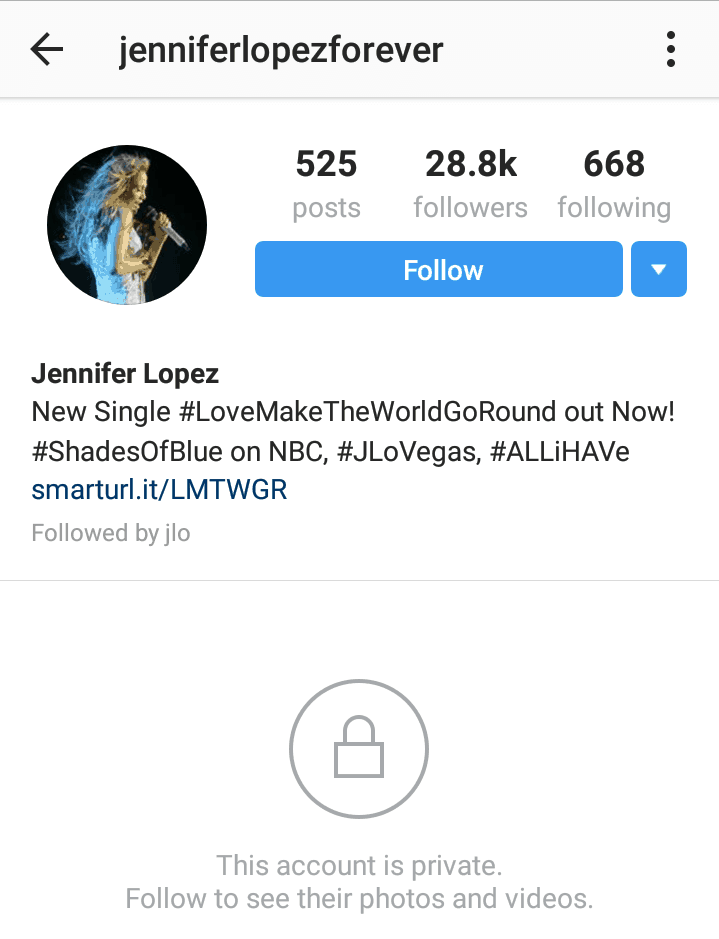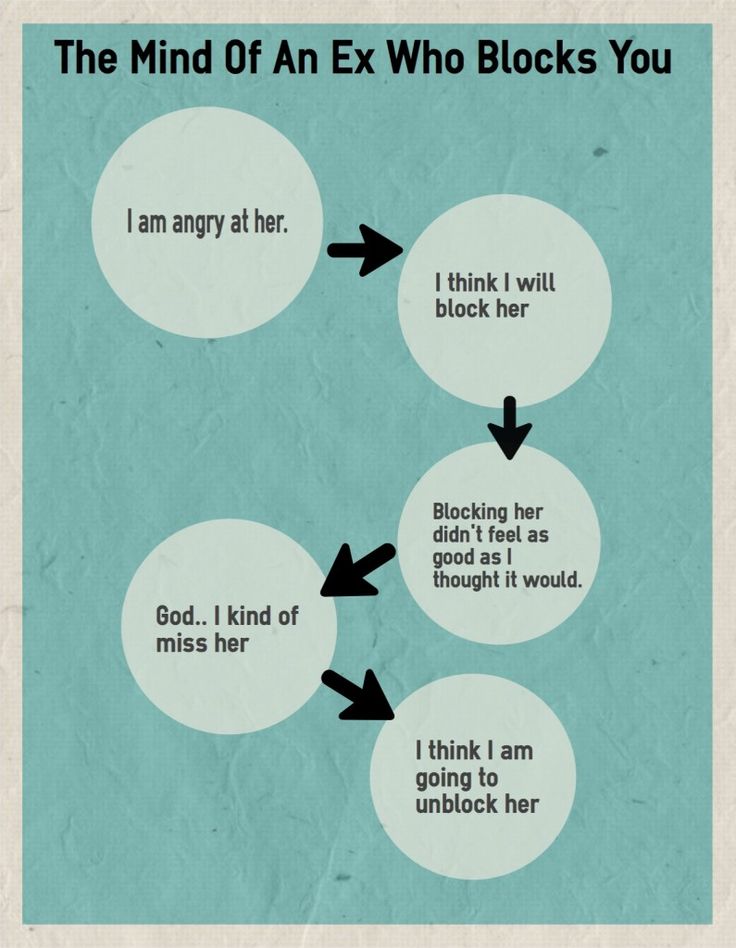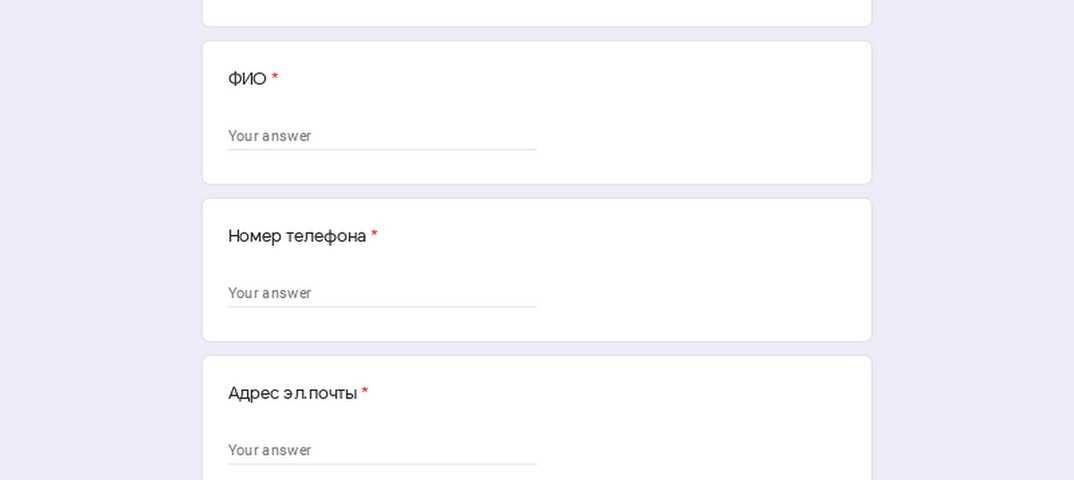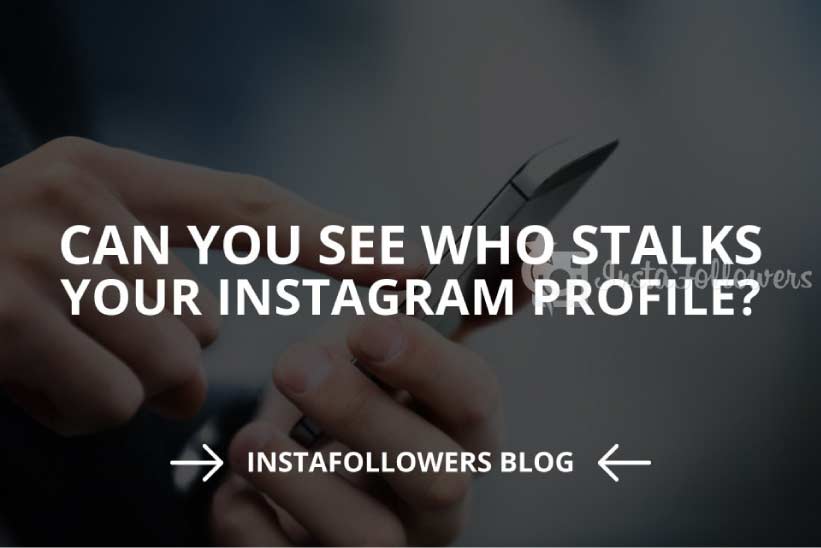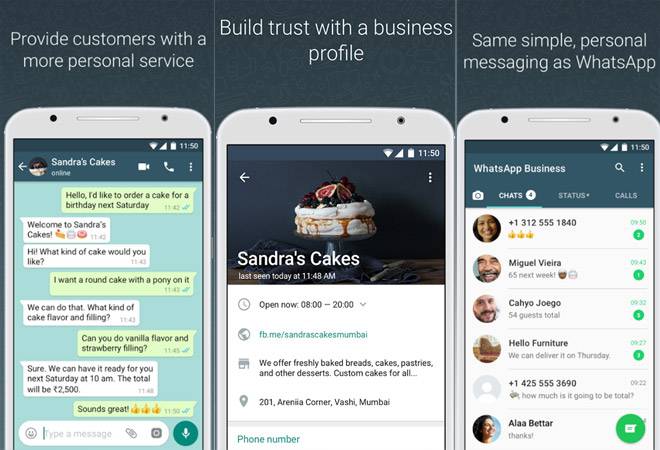How much do influencers on instagram make
How Much Do Instagram Influencers Make? It Depends on These Factors.
Hot as influencer marketing is these days, it’s easy to wonder: how much do Instagram influencers actually make? After all, the industry as a whole makes billions of dollars each year. While some influencers are household names and thus celebrities, such as Kylie Jenner or Taylor Swift, most others in the influencer space are ordinary people. Influencers can be housewives, bankers, college students, aestheticians, and more. Really, anyone with a social media account and some spare time can become a nano or micro – influencer with enough niche content, persistence, engagement, and time, from the travel blogger who evaluates coffee shops across the country to the backyard chicken-keeper. Here, we’ll just talk about the Instagram content creator crowd. Along with YouTube, it is one of the more profitable platforms for influencers.
Table Of Contents
- How Much Do Instagram Influencers Make? It’s More Than Just Sponsorships
- Some work for product
- Others work for affiliate commissions
- Some influencers create their own products
- Instagram might just pay you directly
- Sponsored Posts: There’s No Fixed Formula for How Much Instagram Influencers Make
- Check Out an Instagram Influencer Calculator
- Consider the Number of Followers
- Think About Engagement
- Don’t forget industry
- Other considerations
- Exclusivity
- Cross Promotion
- Overall Reputation
- Here’s How Much SOME Instagram Influencers Make
- Influence.
co
- HypeAuditor
- Hopper
- Influence.
- Final Words on How Much Instagram Influencers Make
- How Much Do Instagram Influencers Make FAQs
How Much Do Instagram Influencers Make? It’s More Than Just Sponsorships
When we talk about how much Instagram influencers make, there are several factors at play. First of all, not everyone spends all their time working as an influencer. Rather, many start out as hobbyists, and many never quit their day job and instead see their role as an influencer as a side hustle that is able to bring in thousands of dollars a year for additional expenses, savings, or additional hobbies. Not only that, but some influencers make money in ways that don’t involve paid-for sponsored posts. Income can be thought of fairly broadly and posts must adhere to community guidelines and the rules set forth by the marketing partnership. Below, we’ll discuss the most common ways influencers bring in consistent income and begin their influencer career.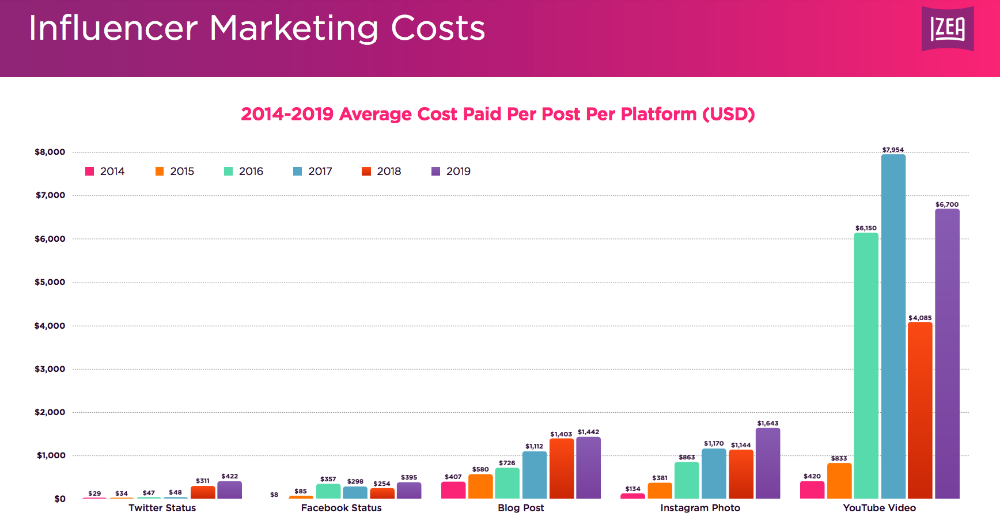
Some work for product
Example of gifting product to influencer for a social media post.Especially when starting out in the age of influence, many Instagram personalities will exchange sponsored posts for goods and services. One of the nice things about this option is that the influencer gets to play with something for free, then give his or her opinion about it. Often, these deals are set up in a review type format, but that doesn’t work as well for Instagram. A fitness influencer, for instance, may be given a set of sportswear to try out and give their opinion on.
For Instagram product exchanges, try a selfie showing off the product and saying something complimentary about it. Beauty products are great for this format: perhaps a foundation held up all day on the model’s oily skin, which is a major issue, or an influencer in outdoor sports takes a hydration pack on the latest adventure. At some scenic spot, he takes a photo with himself and the item and writes a witty caption detailing the efficacy of the product (or adds some words to the picture itself).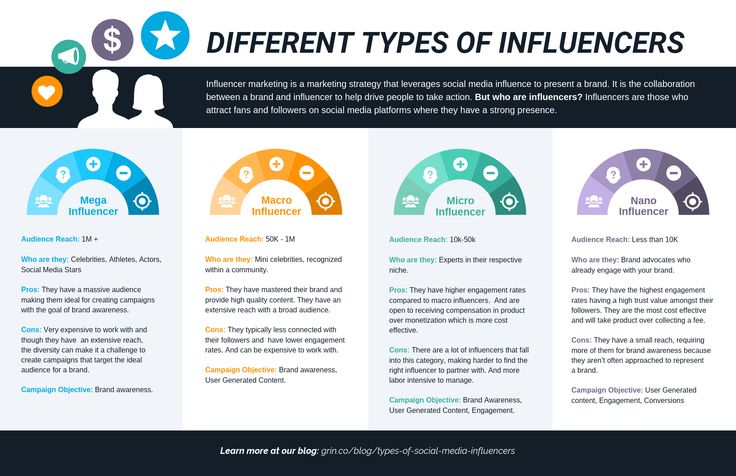
Here’s the key to making this type of deal: Make it a fair exchange. As I’ve said before, you don’t want to make an influencer feel like he or she is being cheated. Not only will they not come back, but they have followers who will listen if they complain about it. At the end of the day, you need to have a mutually beneficial relationship with your influencers if you want to truly make the most of their follower count and increase your brand’s reach. In these relationships, influencer charges are not set dollar amounts, but are more likely to be specific collections or sought-after products.
Further Reading: 7 Benefits of Giving Free Products to Influencers
Others work for affiliate commissions
Not every influencer in the influencer industry likes to get paid a flat fee for their creative work, and there are other influencer marketing strategy alternatives to giving away product. One of the better options is with affiliate marketing links. Affiliate programs have the influencer incorporate the affiliate link in their post somehow.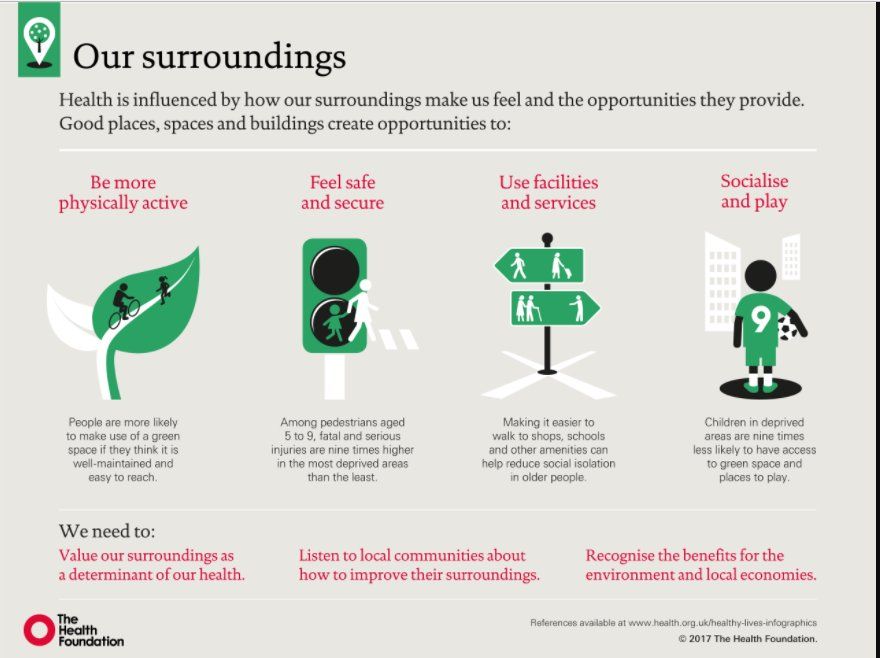 That could mean adding the links to products through photo editing, in which case the consumer would have to type in the address manually. Or, the link could be added in the Instagram bio area, which allows directly adding links. Read my post on Instagram link in bio to see how this can look.
That could mean adding the links to products through photo editing, in which case the consumer would have to type in the address manually. Or, the link could be added in the Instagram bio area, which allows directly adding links. Read my post on Instagram link in bio to see how this can look.
Another way to pay influencers for results rather than exposure is by using promotional codes. Here, it is very easy for the influencer to add the promo code in the photo description. When someone buys your product using the code, the influencer gets a commission.
One thing I like about this kind of compensation is that it pays for results. However, it isn’t the way to go if you’re mainly trying to build brand awareness. That’s because brand awareness campaigns aren’t intended to get immediate sales and rake in thousands of dollars, which tends to be the goal of affiliate marketing. Using these techniques inappropriately is a great way to make an influencer feel cheated and destroy the relationship between you, the influencer, and their specific niche audience.
Further Reading: The Definitive Guide to Instagram Affiliate Marketing
Some influencers create their own products
Although many influencers get paid primarily through sponsored posts, many influencers also have other sources of revenue. For instance, having a custom line of products or developing digital products are popular ways to monetize influence. You’ll see this a lot with fashion brands or the beauty industry: Take a look at some of the larger influencers, and they have a product line all their own. Alternatively, they might work with a major brand in the beauty community (or another community) to make a “collaboration.” Here, the beauty influencer (or other type of influencer) helps design something special. In both cases, the influencer makes money off the sales. While a few Instagram posts will likely be part of the promotion, this isn’t the same thing as a sponsorship and involves a more significant collaboration between both parties.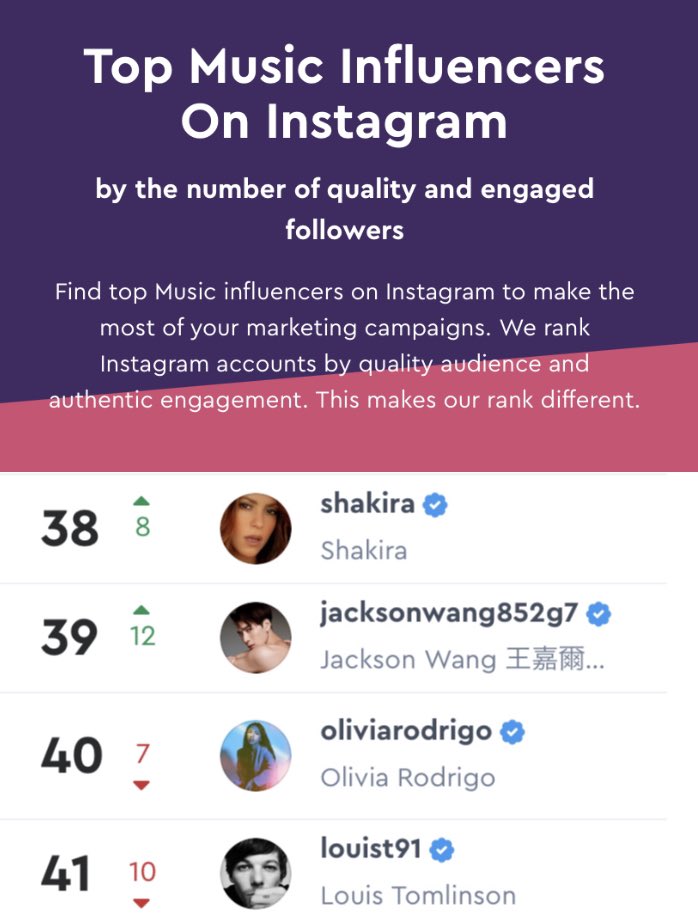
Here’s another way that people can monetize Instagram: teaching. This usually involves some sort of course creation or membership site that they sell. Users can post Reels or videos and do tutorials or discuss items of interest to their audience. So, a rock climbing enthusiast might give followers tips, and then advertise an online course on rock climbing. At the same time, he or she can “double dip” by selling rock climbing gear through sponsored posts magnifying the lives of influencers and encouraging followers to mimic them. Using all of these techniques is often how people shift from using social media as a hobby to making it a full-time career.
Instagram might just pay you directly
To more effectively establish the efficacy and use of Instagram Reels, Instagram has begun offering certain creators money according to how their reels perform. Whether you have several hundred followers or tens of thousands, it may be possible to monetize income among accounts, simply by making sure that you post reels consistently and promote them well enough to garner the number of views required to earn the Instagram “bonus”.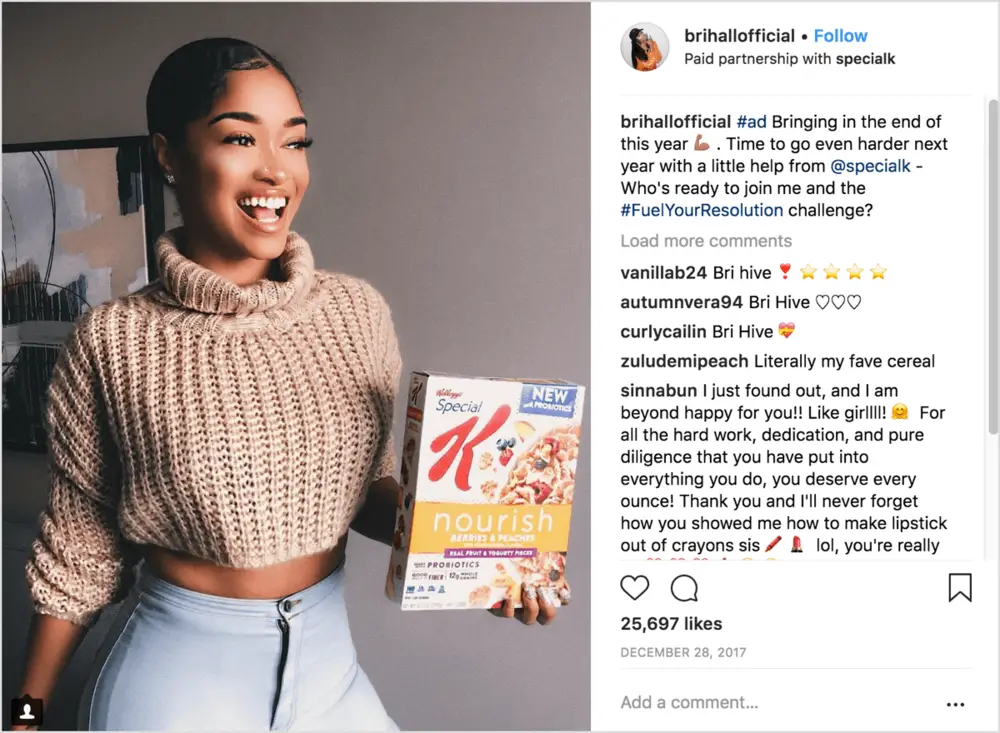 Not everyone is eligible for Reel payouts, however, as the platform is focused primarily on rolling out the offering to those with previously successful reels, and those with a solid base of followers.
Not everyone is eligible for Reel payouts, however, as the platform is focused primarily on rolling out the offering to those with previously successful reels, and those with a solid base of followers.
From ethical influencers to influencers who focus all of their attention and energy on fashion and beauty, people from all niches and backgrounds can utilize Instagram itself as a source of income. Differences in income will be determined by number of followers, performance of the Reel in question, and overall performance of the Reel. Fraudulent activity is closely monitored through this program, and holders of accounts displaying questionable activity will be removed from the program if they have 3 or more incidences of fraud.
Sponsored Posts: There’s No Fixed Formula for How Much Instagram Influencers Make
Perhaps the trickiest part about sponsored influencer posts is trying to negotiate a fair price for the campaign. As I pointed out above, there’s more than one way to make money as an Instagram influencer, and not all of them involve cash or a definitive monthly income–and not all influencers treat their accounts as a full-time job. Furthermore, the world of influencer marketing is still something of a Wild West town. Essentially, negotiating a fair rate all comes down to negotiating agreeable terms with your intended influencer. Remember: influencer marketing generally has a high return on investment, so there’s no reason to be a cheapskate on custom content. From travel influencers to health influencers, the sway of their influence can be an invaluable asset to your marketing campaigns. At the same time, you don’t want to get taken advantage of. Here are some considerations:
Furthermore, the world of influencer marketing is still something of a Wild West town. Essentially, negotiating a fair rate all comes down to negotiating agreeable terms with your intended influencer. Remember: influencer marketing generally has a high return on investment, so there’s no reason to be a cheapskate on custom content. From travel influencers to health influencers, the sway of their influence can be an invaluable asset to your marketing campaigns. At the same time, you don’t want to get taken advantage of. Here are some considerations:
Check Out an Instagram Influencer Calculator
While rates are highly negotiable in influencer marketing, there are some emerging industry models that serve as a good starting place. For instance, there are a slew of Instagram influencer calculators, like the one pictured above, that consider a variety of variables, such as the number of followers and engagement rate–which can help weed out the possibility of fake followers–to give you a starting point for the precise number of dollars per post you can expect to pay. I’m a fan of this tool because, in addition to a rough estimate of cash payments, they’ll give you detailed information about the kinds of people an influencer has following them. Look at the report, and you can quickly find out if they’re a match for your target audience.
I’m a fan of this tool because, in addition to a rough estimate of cash payments, they’ll give you detailed information about the kinds of people an influencer has following them. Look at the report, and you can quickly find out if they’re a match for your target audience.
In fact, I wrote a whole post about these calculators, How Much Should I Pay an Influencer? Testing Out 7 Instagram Influencer Calculators, which details the range of prices these calculators estimated that my Instagram posting was about. While there were differences amongst the results, there was also a surprising amount of consistency.
What does the consistency in calculators mean? That there is an emerging set of rules on how to set prices for the majority of small to medium sized influencers. When you’re talking about an influencer with millions of followers, some of these rules are altered significantly, and they do tend to have set prices. Fortunately, the highest-paid Instagram influencers will have a set rate, and you won’t have to bother with the process of determining what the average influencer expects.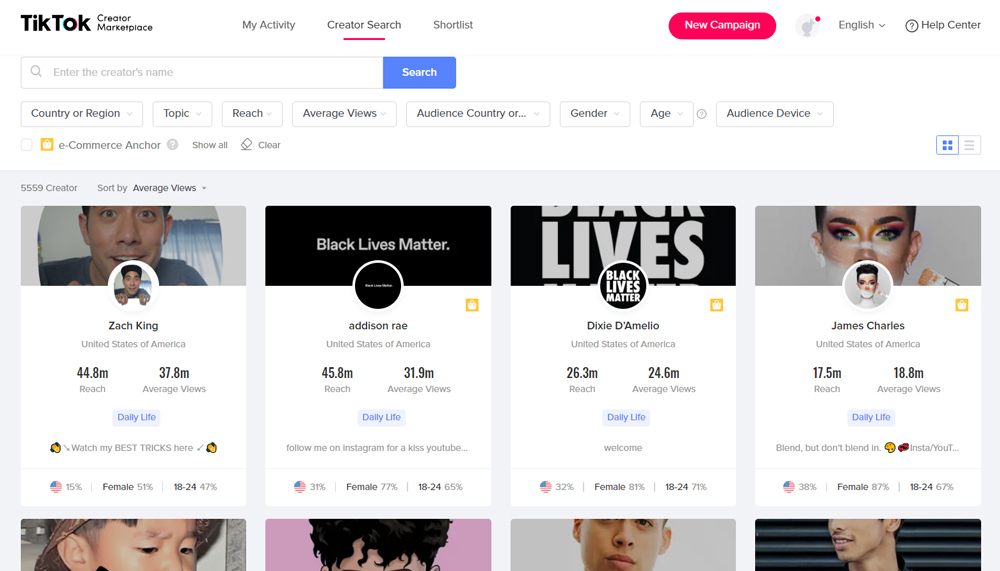 Unfortunately, those rates are likely to be quite high, and your influencer marketing campaign may not recover from seeking out the top performers. Instead, ope for those with sources of income that more closely align with the size and scope of your brand or company.
Unfortunately, those rates are likely to be quite high, and your influencer marketing campaign may not recover from seeking out the top performers. Instead, ope for those with sources of income that more closely align with the size and scope of your brand or company.
Consider the Number of Followers
In the industry, we talk about nano, micro, macro, and mega. Really, the mega influencers are bordering on celebrity status with over a million followers. Nano influencers have fewer than 10,000 followers, micro up to 100,000, and macro between 100k and a million. A lot of ink has been spilled, including on my blog, about the value of the nano and micro influencers.
Why does following size matter for pricing? Because a lot of brands pay by the number of followers that the influencer has. Generally, for the lower levels of influencer, expect to pay around $10 per 1,000 followers. That means shelling out $100 for that micro influencer or $1,000 for a macro influencer. Keep in mind, however, that some influencers charge something significantly outside those guidelines.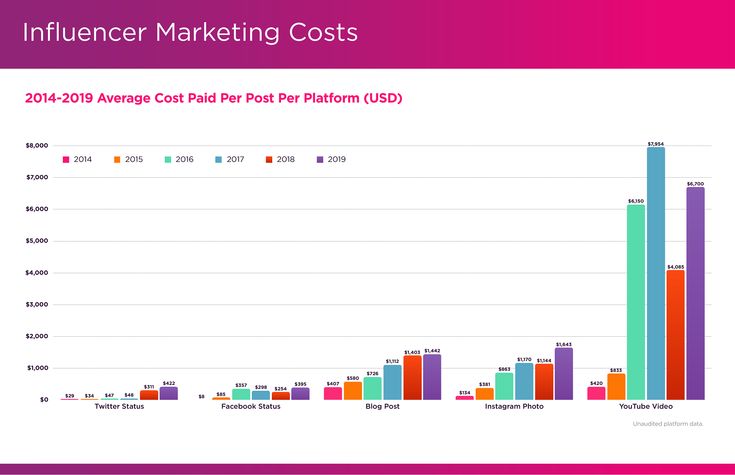 Being someone famous off of Instagram can cause a price to rise, while willingness to work for charities might lower them.
Being someone famous off of Instagram can cause a price to rise, while willingness to work for charities might lower them.
The coronavirus pandemic has affected pricing, and this might be to the benefit of the brand. Read my post on changes in influencer marketing with COVID-19 for the details.
Further Reading: A Practical Guide on How to Reward Influencers
Think About Engagement
One thing you’ll see in the calculators mentioned above is that they take follower engagement into account. With the larger followings, there will be more people who just hang around to see what someone has to say. For instance, Katy Perry has a very low engagement rate of under 1%. She has a lot of followers, and is famous in other forums. We’d think of her Instagram nod as more of a celebrity endorsement, and these are priced very differently.
On the other hand, engagement rate makes a big difference with lower level influencers. That’s why some influencers and brands use a different pricing model: number of engagements.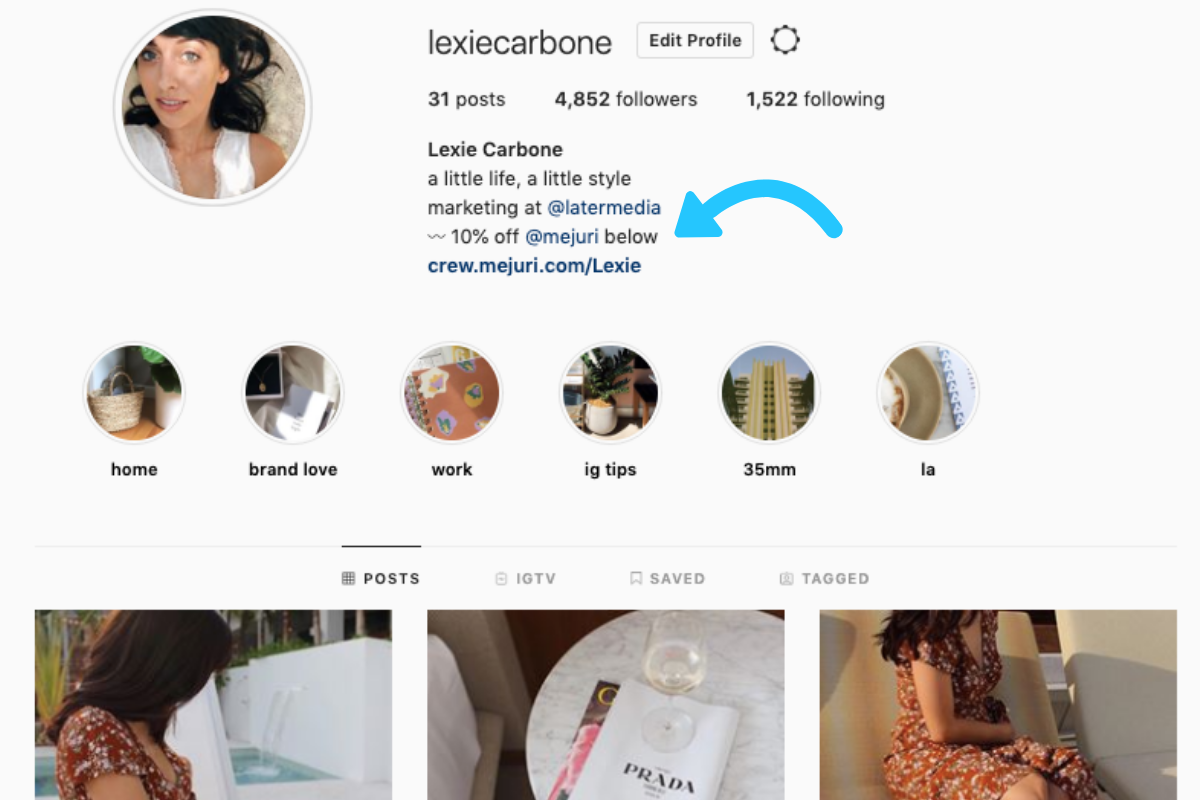 With this model, a brand pays based on the number of followers who generally engage with the influencer’s posts. Here, the price tends to run between $250 and $750 per 1,000 engagements.
With this model, a brand pays based on the number of followers who generally engage with the influencer’s posts. Here, the price tends to run between $250 and $750 per 1,000 engagements.
Arguably, the pay per engagement model looks more expensive, and it’s definitely less set in stone. However, people who engage are more likely to buy, at least in the short term. Plus, effective influencers start at around 2% engagement. To get 1,000 individual engagements at this rate, they’d need to have 50,000 total subscribers. Do the math, and you’ll see it can actually be cheaper to go this route for fashion influencers, beauty influencers, and travel influencers, and other people in their own respective fields of expertise.
Don’t forget industry
Just like everything else in our free market economy, supply and demand is a major driver of pricing. For instance, if your brand is a B2B company that sells farm machinery, there won’t be a lot of influencers available. While there are a lot of farmers out there, not many have the time to become a social media influencer.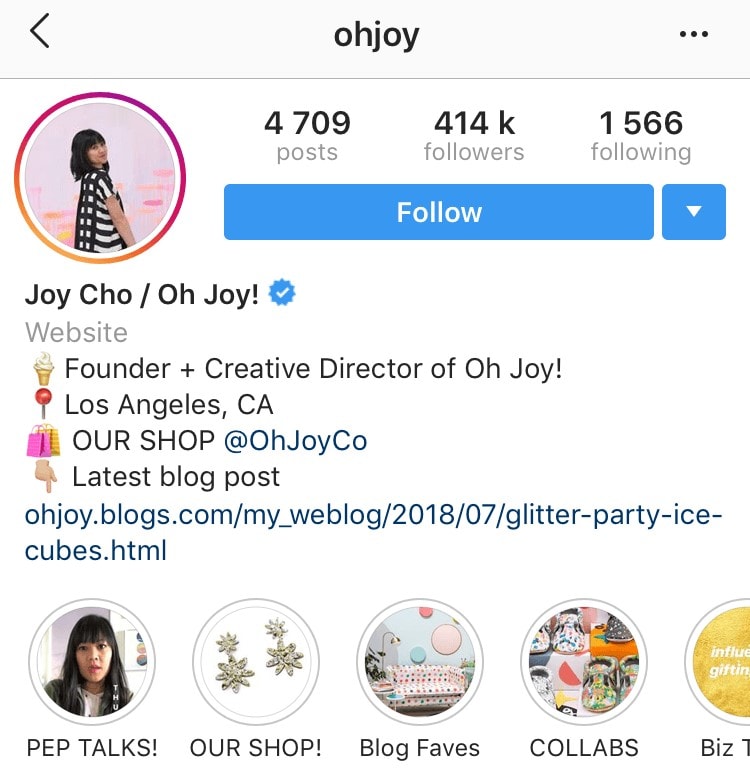 Plus, farm machinery is something that farmers purchase relatively rarely, and when they do, it’s a major expense. With any kind of technical sales, expect to pay a bit more than the base rate. It doesn’t make sense to settle for someone who doesn’t know what they’re doing.
Plus, farm machinery is something that farmers purchase relatively rarely, and when they do, it’s a major expense. With any kind of technical sales, expect to pay a bit more than the base rate. It doesn’t make sense to settle for someone who doesn’t know what they’re doing.
However, beauty is a category where everyone wants to break in. Makeup, hair, and skincare are a lot of fun for many people, and highly profitable for companies. Given all those glossy magazines and glitzy events, everyone wants to look their best. It’s no wonder that people want to pitch beauty products, and with competition comes lower prices. A fashion blogger can be a great influencer to engage on their social media channel, as fashion and beauty frequently intertwine and you can pull from a larger range of influencers.
Other considerations
While an influencer campaign usually is just a post or a Story, there are other times when the overall relationship is more complicated. In these cases, it can cost significantly more money to engage the influencer.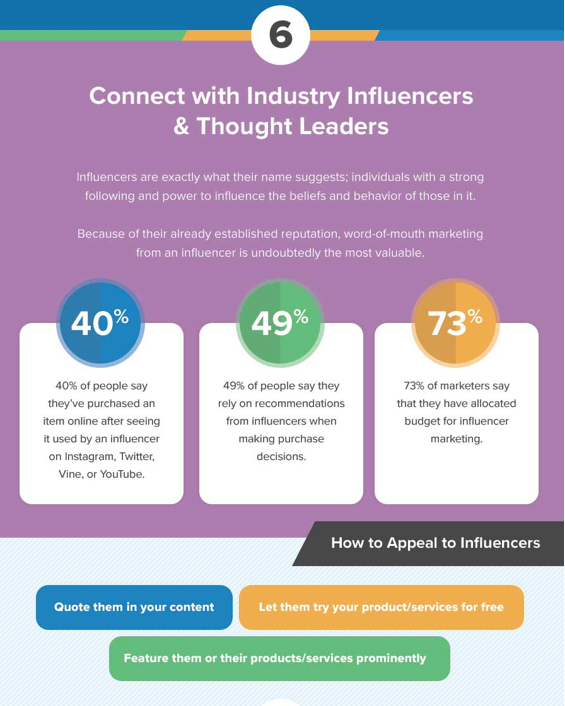 Here are some examples of “extras” that cost:
Here are some examples of “extras” that cost:
Exclusivity
Especially if you are trying to work with an influencer in highly competitive industries, you might try to edge out the competition more thoroughly. In this case, it might be advantageous to come up with an exclusivity contract with them. Here, you’re asking the influencer not to work with your competitors for the endorsed product. As you can imagine, this is going to cost you more money because you’re asking them to give up streams of income in other places.
Cross Promotion
This one might mean a few different things. For instance, you might pay for the right to post that Instagram photo in other places, such as your website or a traditional ad campaign. Doing this kind of deal costs more, because you are paying for exposure in more than one forum from their creative work. Expect to pay even more if the influencer has a large following offline.
Overall Reputation
This almost goes without saying, but not every Instagram influencer is famous only on Instagram or even only on social media. While you might be thinking mainly of celebrities here, it is also true of subject matter experts in various industries. For instance, well-known athletes will do endorsements. Scientists might help promote laboratory equipment, which can not only be sold to big businesses but also to the local high school science lab. Any time an offline reputation is significant, expect to pay more–and expect to see more significant results for major brands and small companies, both.
While you might be thinking mainly of celebrities here, it is also true of subject matter experts in various industries. For instance, well-known athletes will do endorsements. Scientists might help promote laboratory equipment, which can not only be sold to big businesses but also to the local high school science lab. Any time an offline reputation is significant, expect to pay more–and expect to see more significant results for major brands and small companies, both.
Further Reading: How to Find Out If An Instagram Influencer Has Fake Followers or Not
Here’s How Much SOME Instagram Influencers Make
You’ve come this far and you still want some concrete figures on how much Instagram influencers can make. OK – I hear you! Based on all of the above, you can see how the rates can significantly vary, but here is some data to work with based on various surveys to give you a better feel to add up the annual income of various types of influencers, from influencers with millions of followers to those with much smaller follower counts.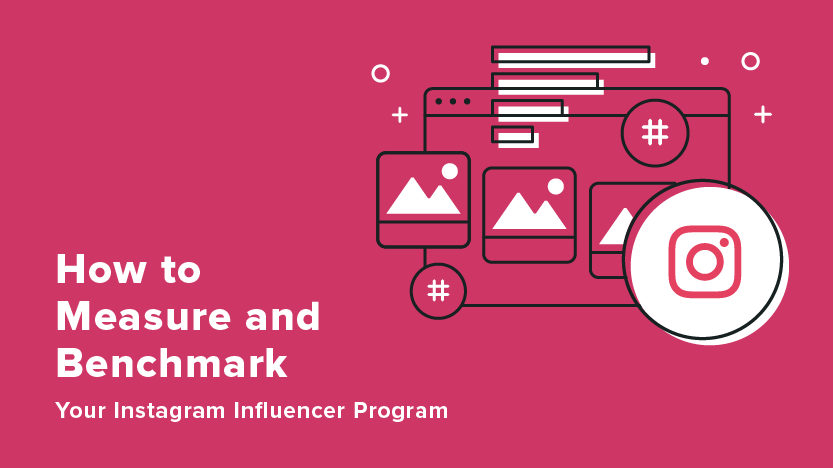
Influence
.coThis is an influencer marketing platforms that actually shows averages of what their clients are paying per sponsored posts based on a number of factors. Based on their data, this is the average rate at which Instagram influencers are monetizing their content: (numbers are approximate)
- 2-10,000 followers: $115
- 10-25,000 followers: $129
- 25-50,000 followers: $208
- 50-75,000 followers: $219
- 75-100,000 followers: $294
- 100-150,000 followers: $354
- 150-250,000 followers: $447
- 250-500,000 followers: $580
- 500,000-1,000,000 followers: $866
- 1,000,000+ followers: $1,628
HypeAuditor
The influencer marketing platform HypeAuditor surveyed 1,865 influencers to come up with their own findings as follows:
- On average, influencers earn $2,970 per month with their Instagram account, reaching an annual income of nearly $36,000
- Nano influencers (having between 1K and 10K followers) earn $1,420 per month, for an average annual income of around $17,000
- Mega influencers (having over 1 million followers) earn $15,356 per month, totaling an average annual income of over $180,000
Hopper
On the other hand, there are the super famous top Instagram influencers, many of whom I detail in this blog post of mine: The Top 30 Instagram Influencers To Follow. Social media dashboard Hopper maintains a list of how much these top celebrities can make. Here’s how much mega money the mega famous can make per post according to Hopper HQ:
Social media dashboard Hopper maintains a list of how much these top celebrities can make. Here’s how much mega money the mega famous can make per post according to Hopper HQ:
- Cristiano Ronaldo: $2,397,000
- Kylie Jenner: $1,835,000
- Lionel Messi: $1,777,000
- Selena Gomez: $1,735,000
- Dwayne ‘The Rock’ Johnson: $1,713,000
Further Reading: The Top 30 Instagram Influencers To Follow In 2022
Final Words on How Much Instagram Influencers Make
While there are definitely stars in the influencer marketing industry, the majority of these people will need some other kind of job. Most influencers see their business as a side hustle, and it’s easy to see why: often, you need to do a lot of posts to make significant amounts of money in the influencer space. In addition to content creation, there’s engaging with followers, trying out products, and negotiating deals. Don’t expect to get rich quick, but those that are successful can look forward to a bright future.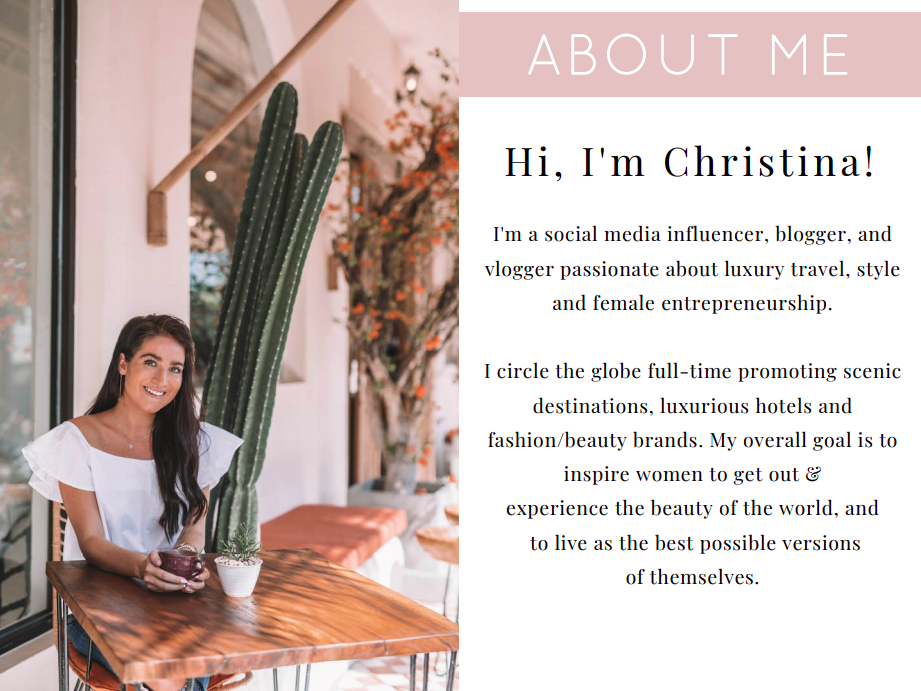
Free Preview of My Definitive Book on Influencer Marketing
Name
We respect your privacy. Unsubscribe at anytime.
Hero photo by Adam Winger on Unsplash
How Much Do Instagram Influencers Make FAQs
How much money does 1 million Instagram views make?
While there is no definitive answer to this question, it is safe to say that 1 million Instagram views can generate a significant amount of money. To put it into perspective, a single ad view on Instagram is estimated to be worth around $0.01. This means that 1 million views would be worth around $10,000. Of course, the actual amount of money that can be generated will vary depending on a number of factors.
Who is the highest paid Instagram influencer?
The highest-paid Instagram influencer is Kylie Jenner, with an estimated worth of $1 million per post. Jenner, who has over 150 million followers, has used her social media platform to build a successful cosmetics empire.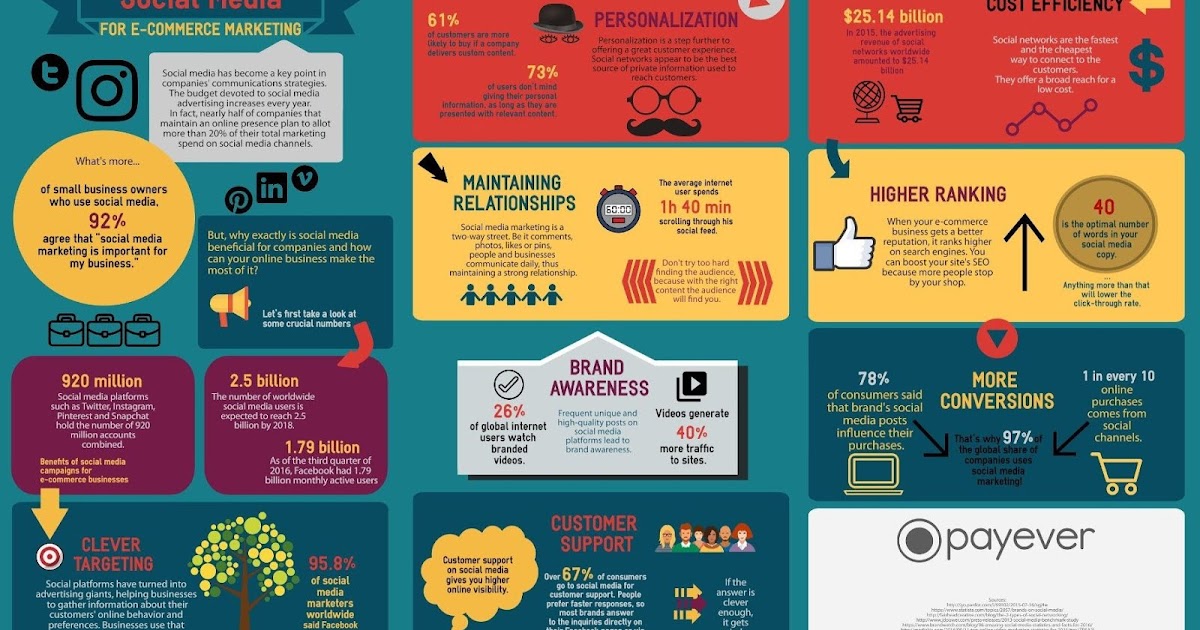 In addition to promoting her own products, Jenner also occasionally partners with other brands, such as Puma and Adidas.
In addition to promoting her own products, Jenner also occasionally partners with other brands, such as Puma and Adidas.
How many followers do you have to have for Instagram to pay you?
Though Instagram has not released exact numbers, they have said that you need to have a following of at least 500,000 to be eligible for their partnership program. This number seems to be the sweet spot for a lot of social media stars and celebrities. If you can reach this number, you are likely to get a lot of sponsorships and partnerships. Even if you don’t have 500,000 followers, there are still ways to make money on Instagram.
How much is 1K followers on Instagram worth?
1K followers on Instagram can be worth a lot or a little depending on various factors. The biggest factor is if the 1K followers are all real and engaged or if they’re just fake accounts. Fake accounts will do nothing for you, they’ll just inflate your ego. It’s like having a bunch of people that only exist in your head cheering you on; it feels good but it doesn’t actually do anything.
It’s like having a bunch of people that only exist in your head cheering you on; it feels good but it doesn’t actually do anything.
How much insta pay for 1m followers?
Instagram influencers’ earnings can vary widely depending on their niche, their audience size, and the type of content they produce. For example, an influencer with 1 million followers could potentially earn anywhere from $5,000 to $20,000 per sponsored post. So while there is no easy way to calculate how much an influencer could make, it is clear that the earning potential is significant.
How to Make Money on Instagram in 2023 (14 Proven Strategies)
If working hard and making money is the American dream, not working hard and making money is the Instagram dream. But making serious income using social media requires some serious strategy. Whether you’re a creator or a business, you’ll find the most success in making money on Instagram if you do your research.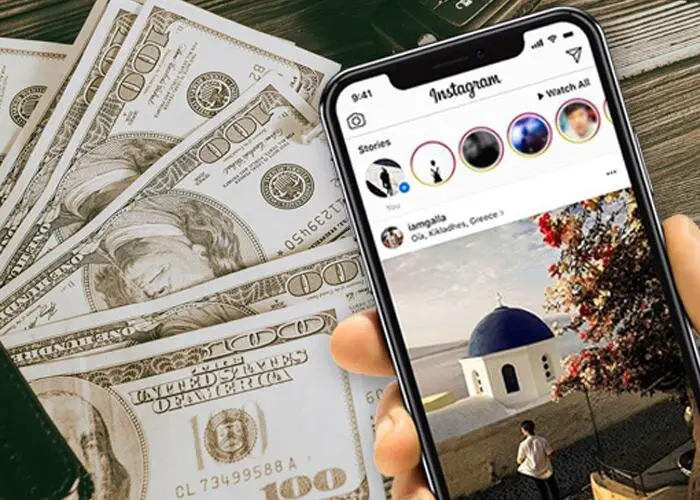
Keep reading to get inspired by thirteen examples from creators and brands, and find tips for making money on Instagram that apply to everyone.
Can you make money on Instagram?
How much money can you make on Instagram?
How to make money on Instagram as a business
How to make money on Instagram as a creator
Bonus: Learn how to sell more products on social media with our free Social Commerce 101 guide. Delight your customers and improve conversion rates.
Can you make money on Instagram?
Hell yeah. In fact, helping creators make a living on the platform is a top priority for Instagram, especially as competition heats up from TikTok, Snapchat, and YouTube.
“Our goal is to be the best platform for creators like you to make a living,” said Meta CEO Mark Zuckerberg at the company’s first-ever Creator Week in June 2021.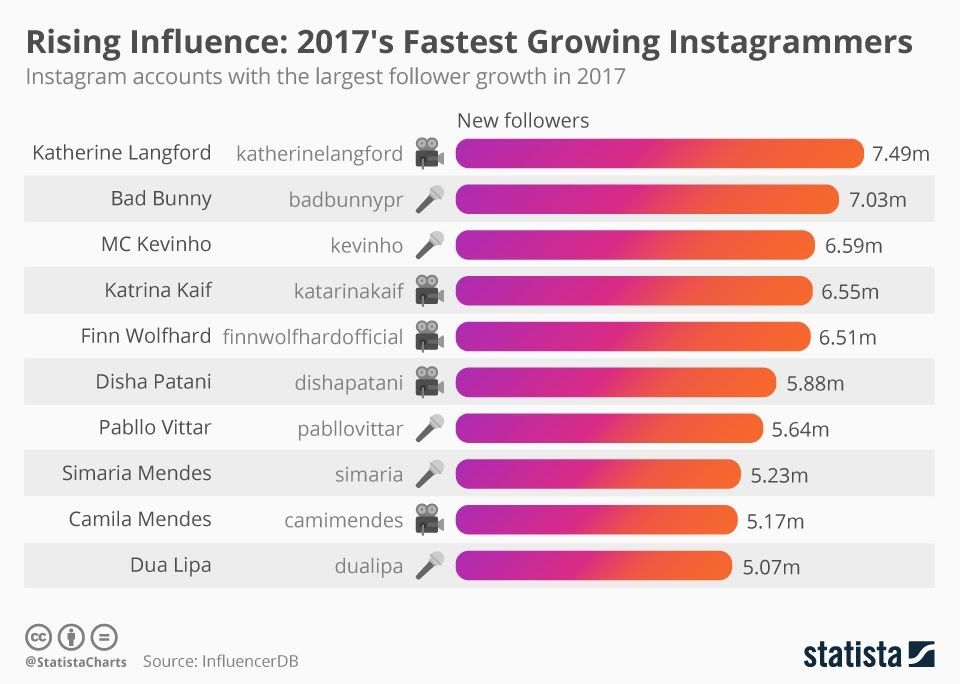
In 2021, Instagram was the second-most downloaded app in the world. It’s the 7th most-visited website globally, the 4th most-used social media platform, and has 1.22 billion users every month. All of which is to say: that’s a massive potential audience. With an enormous and diverse pool of people who could potentially be exposed to your content, there are plenty of opportunities to earn money.
Want more proof? Grab the popcorn and watch this video from Hootsuite Labs.
(If you’re looking for more Instagram stats—you know, to rattle off at parties and impress your friends—you can find 35 of them here).
How much money can you make on Instagram?
Numbers are tricky, because creators and brands are notoriously private about how much money they’re making.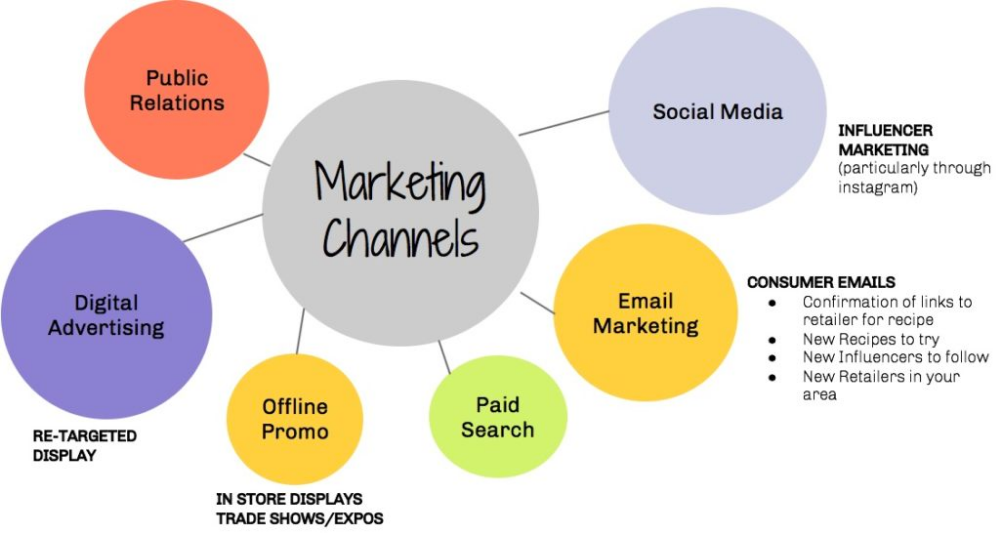 On top of that, calculating income from Instagram is complicated—if you sing a song on a Reel, the sound goes viral and you get a record deal from that internet fame, then tens of thousands of people buy tickets to your concert, does that count as making money on Instagram? What if you post food videos, then provide a link to your recipe blog, and host ads on your blog that make you money?
On top of that, calculating income from Instagram is complicated—if you sing a song on a Reel, the sound goes viral and you get a record deal from that internet fame, then tens of thousands of people buy tickets to your concert, does that count as making money on Instagram? What if you post food videos, then provide a link to your recipe blog, and host ads on your blog that make you money?
It sounds bizarre, but that’s the way most successful creators’ journeys go. How much money you can make on Instagram depends on your credentials, audience size, engagement, strategy, hustle, and a dash of dumb luck.
Here’s how much some creators and celebs have reportedly cashed in:
$901: The average amount of money an Instagram influencer with 1,000 to 10,000 followers can make per post, according to Business Insider
$100 to $1,500: How much a creator can be paid for a swipe-up advertisement on their Instagram stories according to Brian Hanly, CEO of Bullish Studio (a talent agency for influencers)
$983,100: The amount Kylie Jenner reportedly makes per ad or sponsored content post
$1,604,000: The amount Cristiano Ronaldo reportedly makes per post
In 2021, Hype Auditor surveyed almost 2 thousand influencers (most based in the U.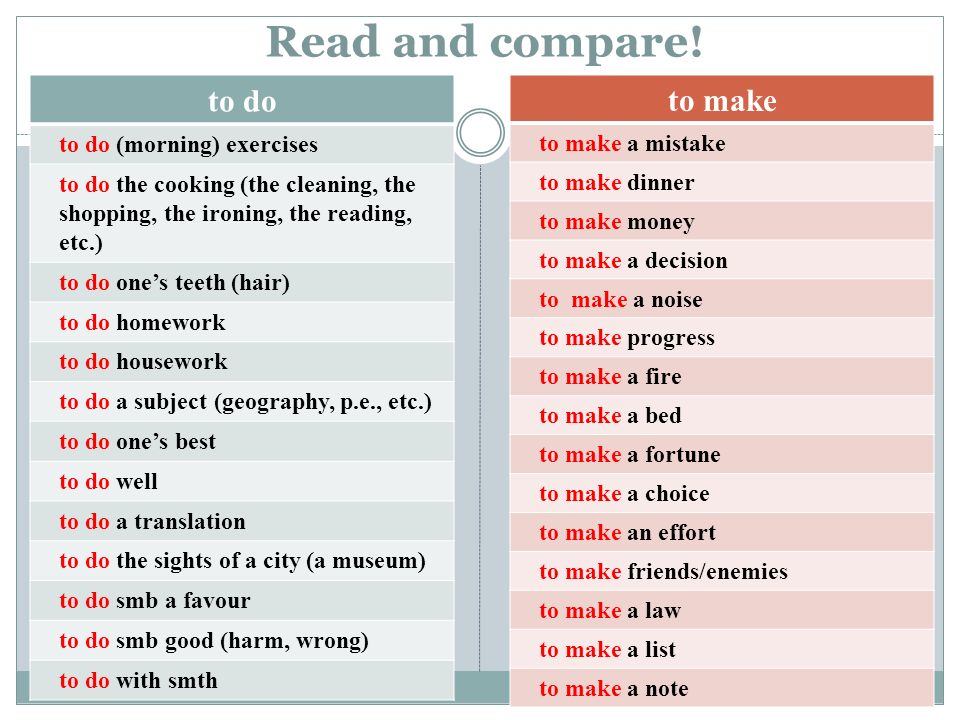 S.) about how much money they make. Here’s what they found:
S.) about how much money they make. Here’s what they found:
- The average influencer makes $2,970 per month. “Average” numbers aren’t the best to go by, since there’s so much differentiation between the highs and lows—as is referenced in the next stat!
- Micro-influencers (accounts with one thousand to ten thousand followers earn on average $1,420 per month, and mega-influencers (accounts with over one million followers) earn about $15,356 per month.
Source: Hypeauditor
Top 5 Instagram Earners in 2022
Obviously, celebrities have a leg up in notoriety, and when they sign up for Instagram they automatically get thousands of followers. Although that is not the same for all of us, it’s inspiring to see just how much someone can make through being an influencer on a social media platform. Here are the top 5 earners on Instagram today:
- Cristiano Ronaldo – 475 million followers with an estimated average price per post of $1,604,000
- Dwayne ‘The Rock’ Johnson – 334 million followers with an estimated average price per post of $1,523,000
- Ariana Grande – 328 million followers with an estimated average price per post of $1,510,000
- Kylie Jenner – 365 million followers with an estimated average price per post of $1,494,000
- Selena Gomez – 341 million followers with an estimated average price per post of $1,468,000
How to make money on Instagram as a business
Being present, active, and engaging on Instagram (and keeping up with trends) is one of the best ways to find business success on the platform in 2022.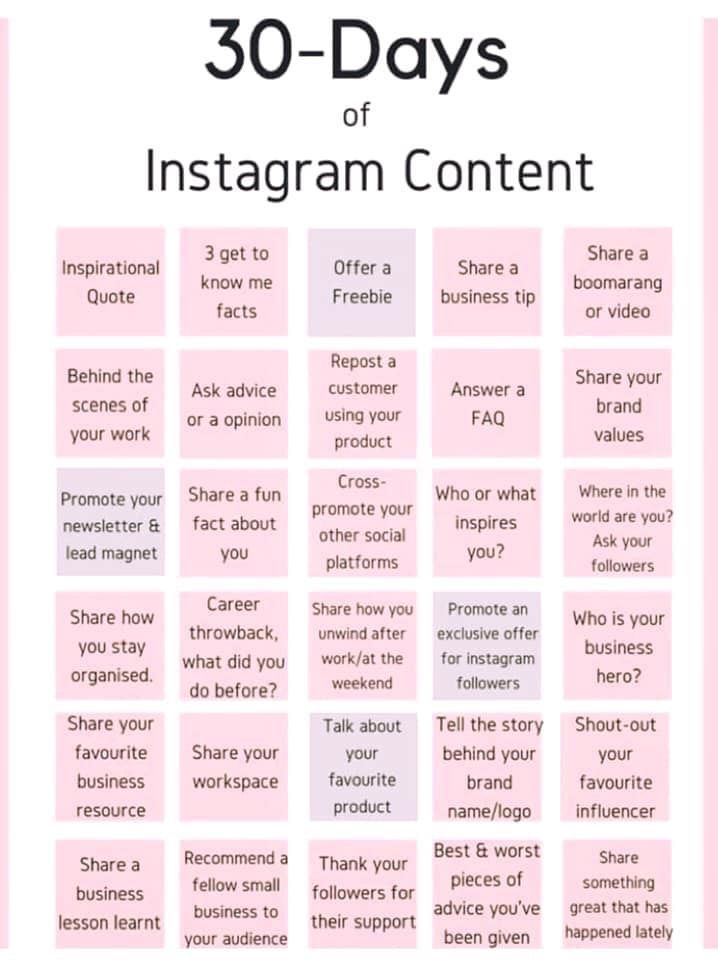 Here’s how to do it.
Here’s how to do it.
1. Promote special offers
The online audience is a sucker for a good deal (and Instagram users love to buy stuff: 44% of Instagrammers say they use the app to shop weekly).
Use Instagram to showcase all the great things about your company—specifically, anytime you’re having a sale. Not only does posting your sale, promo code, or special offer on Instagram advertise a sale to your followers, but it also makes the information easily shareable.
This holiday sale post from clothing brand @smashtess has lots of comments that are just people tagging their friends. It’s an awesome way to promote the sale and also have the sale shared organically.
View this post on Instagram
A post shared by Smash + Tess (@smashtess)
2. Set up countdowns to new launches
You can use Instagram to give your followers a sneak peek of new releases, launches, or product lines—and using the “Countdown” or “Reminder” functions, you can provide potential customers with a simple way to flag when those new products will be available for sale.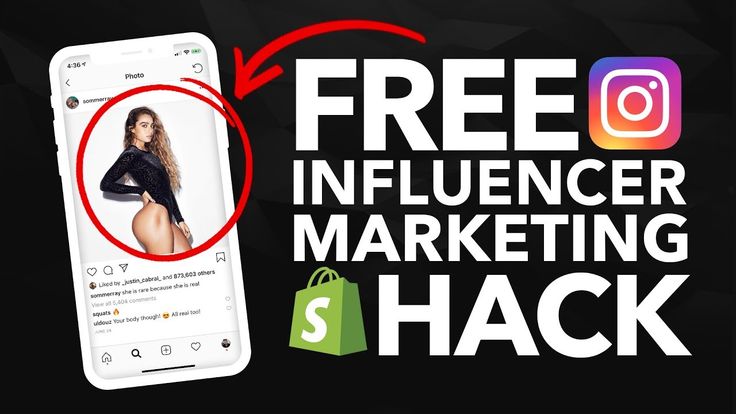 This creates some hype around your offer, and once the release happens, users get a notification reminding them to check out the goods (and, hopefully, check out the goods).
This creates some hype around your offer, and once the release happens, users get a notification reminding them to check out the goods (and, hopefully, check out the goods).
3. Set up an Instagram Shop
Instagram Shops are a direct method of making money off of the app. Users can buy products using the platform’s native e-commerce tools, and it’s easy to set up a shop.
Instagram shops are an impulse buyer’s best friend (or worst nightmare, depending on how you look at it). Your shoppable products or services will show up in your followers’ news feeds, along with regular posts.
Hosting an Instagram shop is also a great way to provide quick customer service to folks who use social media (basically everyone—75% of the global population over the age of 13).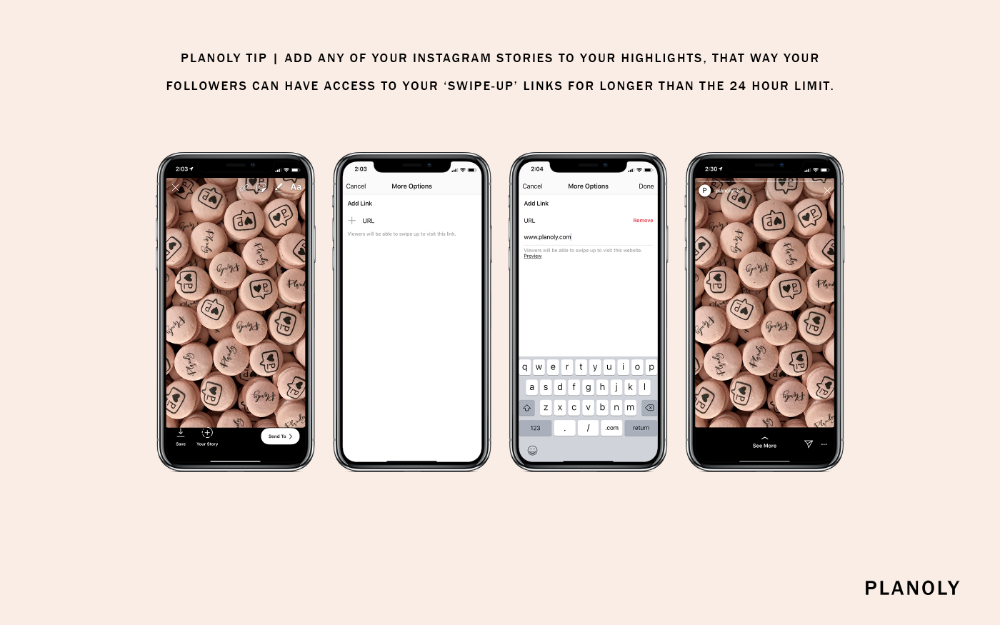 Customers can DM you or comment on posts to learn more about your brand. (Hint: if you’re feeling overwhelmed in your DMs, consider using a chatbot to support your customer service team.)
Customers can DM you or comment on posts to learn more about your brand. (Hint: if you’re feeling overwhelmed in your DMs, consider using a chatbot to support your customer service team.)
When you post something with a buyable item, the little shop icon will appear on the post, letting viewers know that it’s available for purchase.
Home goods store @the.modern.shop uses shoppable tags in many of their posts.
4. Schedule shoppable Instagram posts with Hootsuite
You can create and schedule or auto-publish shoppable Instagram photos, videos, and carousel posts alongside all your other social media content using Hootsuite.
To tag a product in an Instagram post in Hootsuite, follow these steps:
1. Open your Hootsuite dashboard and go to Composer.
2. Under Publish to, select an Instagram Business profile.
3. Upload your media (up to 10 images or videos) and type out your caption.
4. In the preview on the right, select Tag products.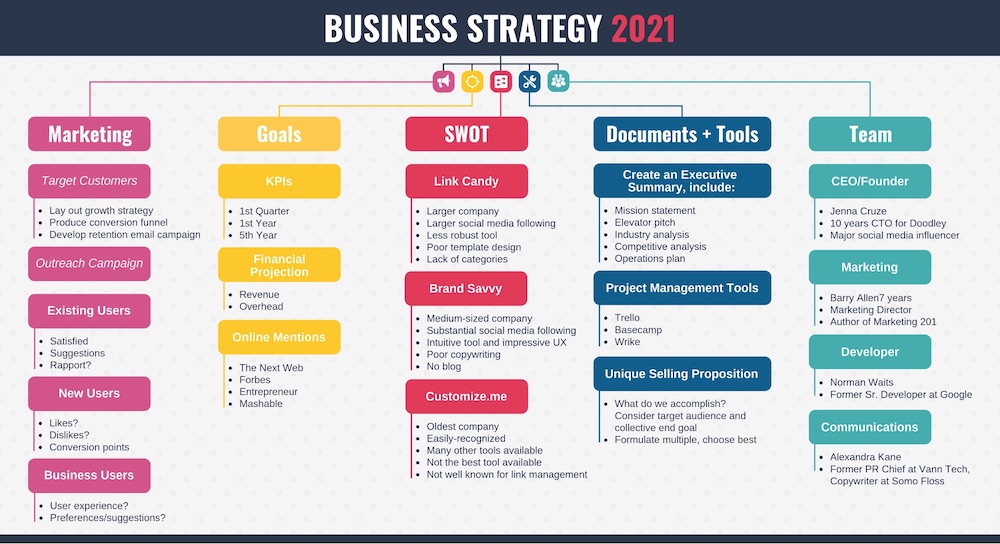 The tagging process is slightly different for videos and images:
The tagging process is slightly different for videos and images:
- Images: Select a spot in the image, and then search for and select an item in your product catalog. Repeat for up to 5 tags in the same image. Select Done when you’re finished tagging.
- Videos: A catalog search appears right away. Search for and select all the products you want to tag in the video.
5. Select Post now or Schedule for later. If you decide to schedule your post, you will see suggestions for the best times to publish your content for maximum engagement.
And that’s it! Your shoppable post will show up in the Hootsuite Planner, alongside all of your other scheduled content.
You can also boost your existing shoppable posts directly from Hootsuite to help more people discover your products.
Note: You’ll need an Instagram Business account and an Instagram shop to take advantage of product tagging in Hootsuite.
Try Hootsuite free for 30 days
5.
 Set up a chatbot
Set up a chatbotAn easy way to provide excellent customer service and make sales through direct messages is to set up an Instagram chatbot. A chatbot is integrated directly into your Instagram account and website and can answer any frequently asked questions from your followers. If the question is too complicated for the conversational AI chatbot, then it will automatically pass the inquiry to a real live member of your team.
And how can a chatbot help you earn on Instagram? Simple!
An Instagram chatbot can recommend products in your shop, directly to your customers within the chat, leading to faster and more streamlined sales.
If a customer inquires about what color foundation you have in stock, the chatbot can serve up three different options that the user can quickly add to their cart without ever leaving the platform.
Source: HeydayGet a free Heyday demo
6. Partner with creators
Influencer marketing allows you to share your company with the creator’s audience (and the creator also gets a spotlight for your audience—it’s a win-win).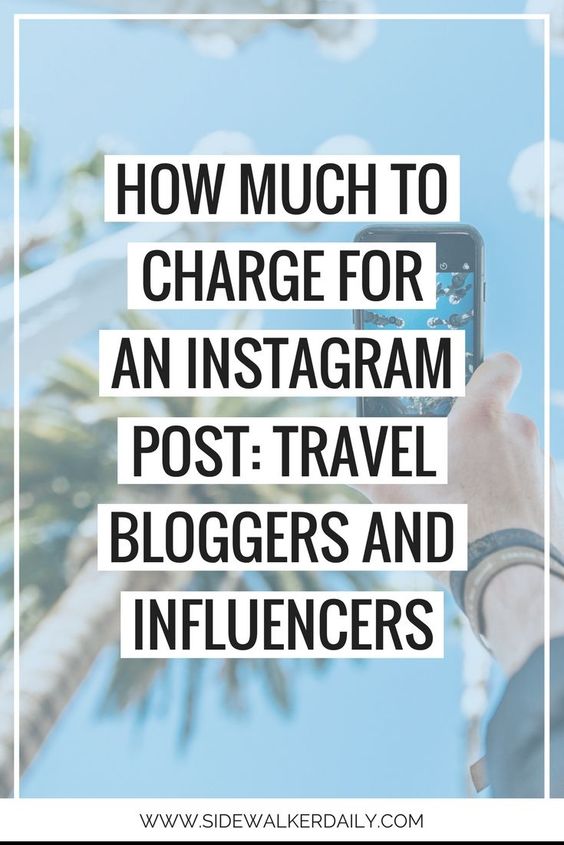
When you’re researching folks to collaborate with, make sure you pay attention to their content and values: you want to pick someone who has goals that align with your own, so the partnership makes sense to customers and doesn’t seem like some oddball marketing scheme.
For example, it makes sense for a plant-based bakery to partner with a vegan influencer (more sense than Bill Nye partnering with Coca-Cola, that’s for sure).
Try to collaborate with creators who would be likely to try and/or like your products, anyway—for example, dancer @maddieziegler has long had a partnership with activewear brand @fabletics. You can offer the creator money, goods, or an affiliate deal (more info on that in the “Join an affiliate program” section of this post, just above!) in exchange for posting about your company.
View this post on Instagram
A post shared by maddie (@maddieziegler)
7.
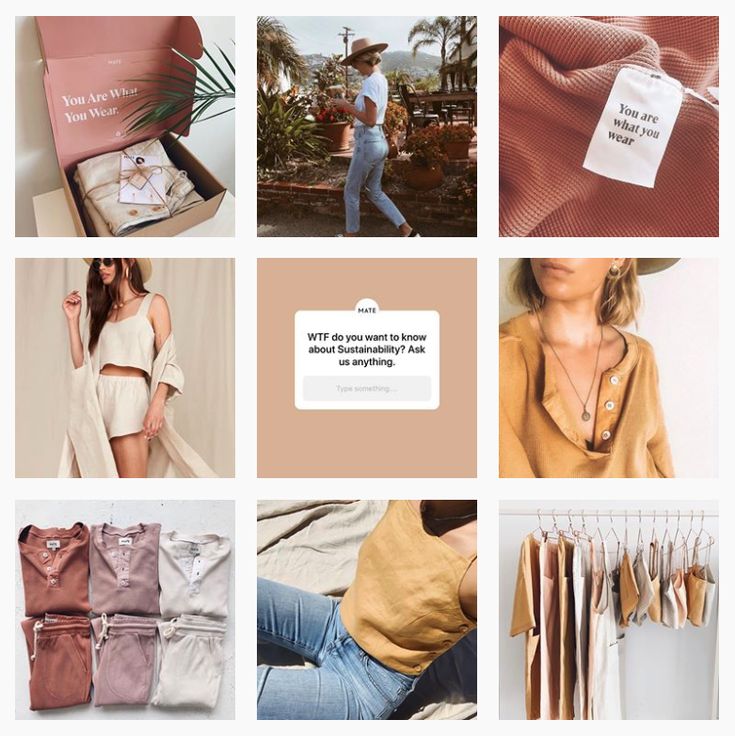 Partner with other businesses
Partner with other businessesLike partnering with creators, partnerships with other businesses give folks on both sides of the deal an opportunity to interact with a wider consumer base. Try contacting other businesses like yours and hosting a contest or giveaway—it’s an excellent way to gain followers and tap into a new audience.
This giveaway from @chosenfoods and @barebonesbroth requires entrants to like and save the post, follow both companies, and tag a friend in the comments. Both brands are building their audience—followers just waiting to be converted into consumers.
View this post on Instagram
A post shared by Chosen Foods (@chosenfoods)
8. Straight-up advertise
Hey, the basics still work. Advertising on Instagram is one of the ways you can make money on the platform and actually track your progress.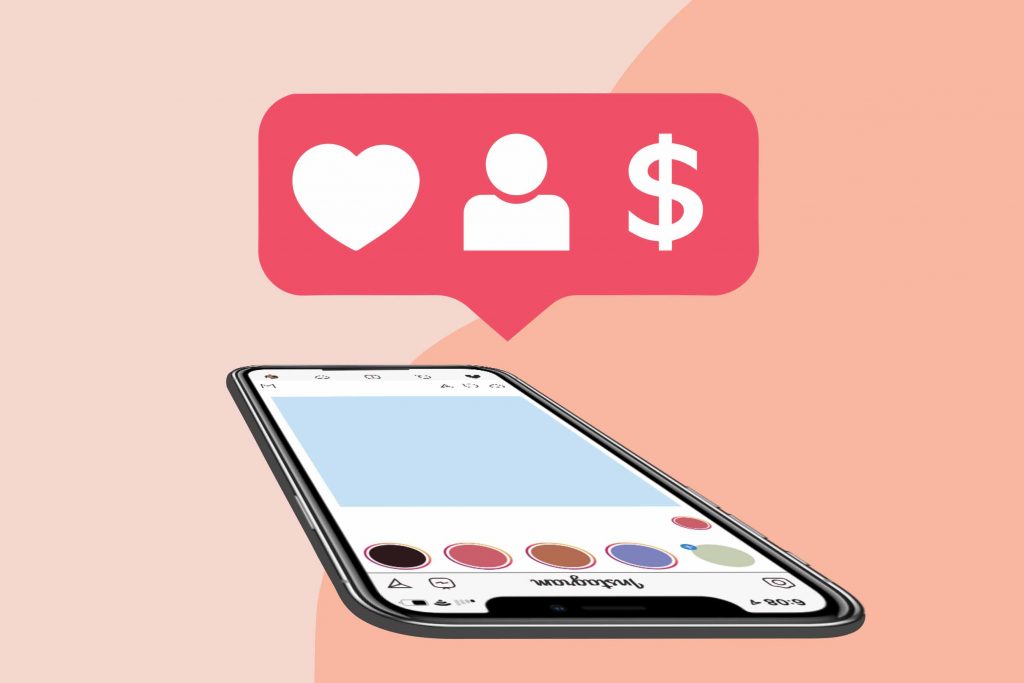 You can turn any post into an ad by boosting it, and your Instagram analytics will tell you how much of a difference the boost made.
You can turn any post into an ad by boosting it, and your Instagram analytics will tell you how much of a difference the boost made.
How to make money on Instagram as a creator
Even if you don’t have a “business” in the conventional sense, there are lots of ways you can use Instagram to make money as an individual. With a solid following and clear niche, you have influence—and can be an influencer.
1. Partner with brands
Partnering with brands is likely the most well-known way that creators can make money on Instagram. Find a small or big brand that aligns with your values (that part is important—partnering with a brand that has nothing to do with your regular content, or even directly contradicts your regular content, will make you seem inauthentic).
Partnerships with brands can take many forms: you might be paid to make an Instagram post that features a specific product or be offered free products in exchange for content. To get started, try making a few posts that feature some of your favorite things—restaurants, skincare, whatever feels true to you—for free. You can then point to those posts as examples when you’re reaching out to brands.
You can then point to those posts as examples when you’re reaching out to brands.
Lots of makeup and beauty influencers participate in these kinds of brand deals. Here’s an example of a paid partnership post from creator @mexicanbutjapanese for Nordstrom.
View this post on Instagram
A post shared by Mexicanbutjapanese (@mexicanbutjapanese)
Hint: when you’re participating in a paid partnership or sponsored post, be transparent. Use hashtags, mark the post as sponsored, and be clear about the partnership in your captions. Not following Instagram’s branded content guidelines can result in posts being removed—plus, it’s sketchy.
2. Join an affiliate program
This is related to brand partnerships, as joining an affiliate program still requires you to connect yourself to a business that sells specific products or experiences.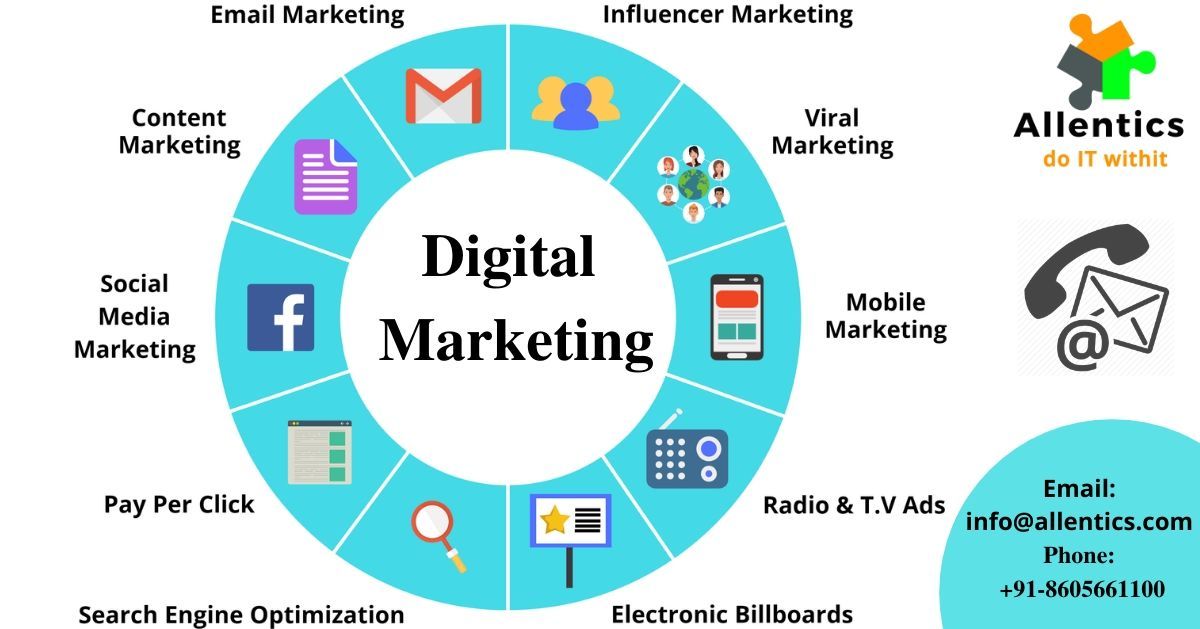 Affiliate programs essentially pay you to market other people’s products (so again, you want to make sure that the products you’re highlighting align with your values). If your followers buy something from the brand through you—usually using a specific link or discount code—you get paid.
Affiliate programs essentially pay you to market other people’s products (so again, you want to make sure that the products you’re highlighting align with your values). If your followers buy something from the brand through you—usually using a specific link or discount code—you get paid.
This nail artist is an affiliate marketer for a nail polish brand—when followers use her discount code to buy the nail polish, the creator makes money.
3. Enable Live Badges
For creators in the U.S., Instagram’s Live Badges is a method of making money directly through the app. During a live video, viewers can purchase the badges (which cost between $0.99 and $4.99) to show their support.
To turn on Live Badges, go to your Profile and tap Professional Dashboard. Then, enable Instagram monetization. Once you’ve been approved, you’ll see a button called Set Up Badges. Tap that, and you’re good to go!
Source: Instagram
If you’ve enabled Live Badges, make sure to mention it when you go live (remind your followers that if they’d like to show their support with money, it’s easy to do so!) and express gratitude when someone purchases a badge. Saying thank you goes a long way, and will likely encourage other people to pitch in.
Saying thank you goes a long way, and will likely encourage other people to pitch in.
Bonus: Learn how to sell more products on social media with our free Social Commerce 101 guide. Delight your customers and improve conversion rates.
Get the guide now!
4. Sell your merch
Using Instagram as a marketing tool for your other revenue streams is a great strategy for moneymaking. If you’ve curated your personal brand enough to have a certain look, logo, catchphrase, or anything else that’s recognizably you, consider selling merch that’s splashed with that extra sparkle (you’re brand). You can make money from sales—plus score some free advertising when your followers start walking around with your name on their sweatpants.
Drag queen extraordinaire Trixie Mattel sells branded merch and uses Instagram as a platform to advertise.
View this post on Instagram
A post shared by Trixie Mattel (@trixiemattel)
5. Link to your blog or vlog
Selling advertising space on your own website—or making money from Youtube—can be super lucrative, and you can use Instagram to direct your followers to that external site (hint: use a link tree to make the most of that link in your Instagram bio).
Here are some quick examples:
- Foodies who post pictures of food they’ve made and also have a blog where they post full recipes
- YouTubers who post highlights of their vlog on Reels, then provide a link to their Youtube channel for the full video
- Fashion influencers who post their outfits on Instagram and link to their website, where they share where the clothes came from
- Outdoor adventurers who post gorgeous landscapes and link to their blog where they detail the best road trip routes
Food blogger @tiffy.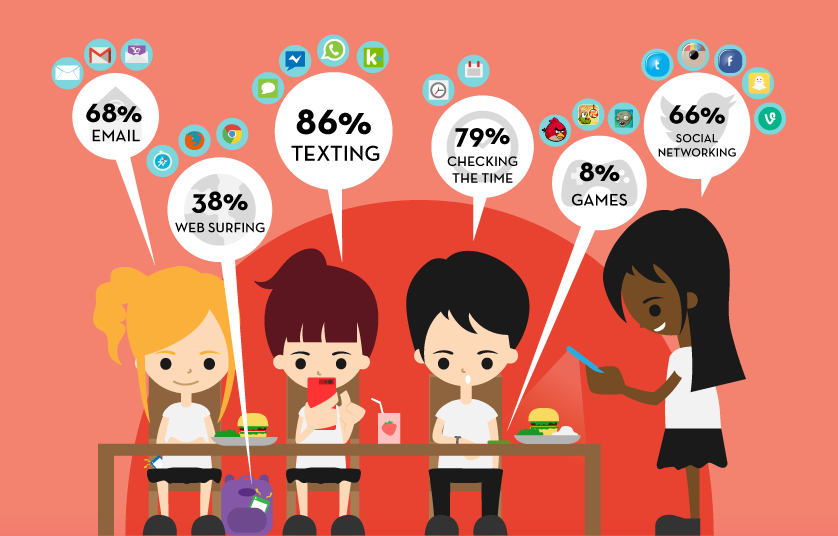 cooks posts videos of her making food on her blog, and links to in-depth recipes in her bio. The recipes live on her blog, which also hosts posts that contain affiliate links.
cooks posts videos of her making food on her blog, and links to in-depth recipes in her bio. The recipes live on her blog, which also hosts posts that contain affiliate links.
View this post on Instagram
A post shared by Tiffy Cooks 🥟 Easy Recipes (@tiffy.cooks)
6. Offer paid tutorials or masterclasses
This is similar to linking to a blog or vlog, but instead of making income indirectly (through businesses advertising on your page or Youtube ads), your followers are directly paying you for a service you’re providing.
If you have a particular area of expertise, you could offer an online masterclass that requires a paid ticket. This method of moneymaking is common for fitness influencers, who may post short workouts for free and then link to a full training routine that you need to pay to access.
Film colorist @theqazman offers quick tips on Instagram, but also hosts ticketed masterclasses. This way, his content still appeals to a wide (non-paying) audience, but folks who are serious about learning the ropes will pay him for a full lesson.
View this post on Instagram
A post shared by Qazi (@theqazman)
You can also offer tutorials or masterclasses for free and simply ask followers to tip you if they have the means—that’s the method athlete @iamlshauntay uses. Her link in bio directs followers to ways they can pay her for her work if they’re able to. This is a good technique to use if you’re looking for maximum accessibility: there’s no financial barrier to your content, but there’s still a clear way for your audience to pay you if they want to.
View this post on Instagram
A post shared by Latoya Shauntay Snell (@iamlshauntay)
Save time managing your Instagram presence using Hootsuite. From a single dashboard you can integrate your social networks with your Shopify store, add products to any social media post, respond to comments with product suggestions. Try it free today.
Try Hootsuite for free
Do it better with Hootsuite, the all-in-one social media tool. Stay on top of things, grow, and beat the competition.
Free 30-Day Trial
How Much Do Instagram Influencers Earn
According to the Influencer Marketing Outlook 2020 report, Instagram ranks #1 on the list of top influencer marketing platforms. The purpose of such marketing is to influence the behavior and choices of consumers, and working with influencers is one way to do this.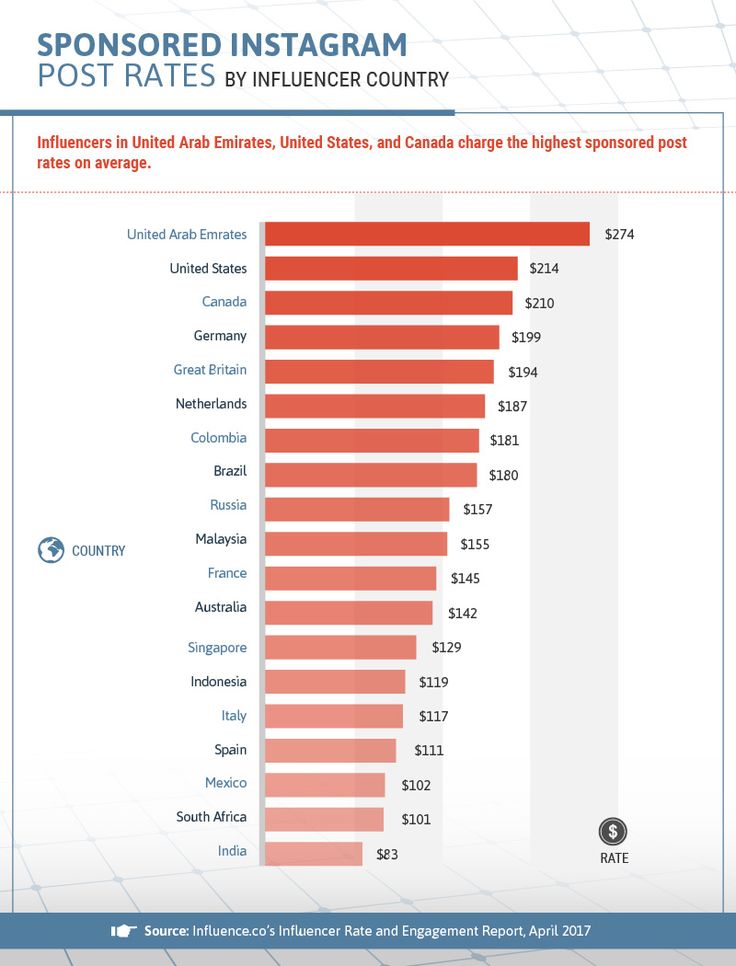 Influencers are bloggers who advertise the products of well-known brands, thereby monetizing their impact on the audience. So how much income do influencers still receive for promoting products on a top social network? nine0003
Influencers are bloggers who advertise the products of well-known brands, thereby monetizing their impact on the audience. So how much income do influencers still receive for promoting products on a top social network? nine0003
Showing the cards: how much influencers earn on Instagram
Influencer marketing occupies a leading position among popular digital promotion channels. But getting the honorary title of an opinion leader and starting to earn round sums in dollar terms is not so easy - you need to meet certain criteria. First of all, to have a significant audience coverage and a high level of subscriber involvement in the life of the blog, that is, to be on the list of the most visited thematic channels. nine0003
Nano-influencers with between 1,000 and 10,000 followers earn an average of $10-100 per post. Micro-influencers with an audience of 10-50 thousand cost $100-500, average bloggers with 50-500 thousand followers - $500-5000. may ask for $5,000-10,000 for their services, and established millionaire bloggers (mega-influencers) - from $10,000 per post.
Thus, one can trace a pattern: 10,000 followers account for $100, but it is difficult to standardize the calculations, because many factors affect the amount of income: from the duration of the advertising campaign and the cost of the blogger himself for promotion to the level of competition in the influence market. And if a blogger has an active audience of millions in all top social networks, his income grows at an insane rate. By comparison, a mega-influencer on YouTube can earn $20,000 per post, on TikTok $2,500, on Twitter $2,000, and on FB over $25,000! nine0003
If you go deeper, you can see that the prices vary depending on the format of the publication. In 2020, influencers received $180 for Stories ads, $370 for Feed post creation, and $670 for video ads, according to Klear's annual research. These are average influencer rates for the period January-August 2020 and are skyrocketing as audience reach expands: a blogger who has crossed the line of 500,000 followers can expect to pay $2,738 for a standard post for a feed, $4,678 for a video! nine0003
Although influencers with 30K to 500K fans make pretty good money: $535 per post, $960 per video. only $65, publishing a video - $111. However, do not underestimate the "nano" and "micro" level Insta bloggers - if you have the potential and desire to develop in an honest way (without cheating activity), the chances of quickly breaking into the top in the niche are very high . nine0003
only $65, publishing a video - $111. However, do not underestimate the "nano" and "micro" level Insta bloggers - if you have the potential and desire to develop in an honest way (without cheating activity), the chances of quickly breaking into the top in the niche are very high . nine0003
Who are the highly paid people of Instagram
According to the Klear report, the most successful Instagram bloggers are Generation Z, born in the digital world (early 2000s) and interested in technology since childhood. Their average earnings outperform older Gen Y across all post formats: Stories $245 vs. $229, Feed Posts $520 vs. $448, Videos $807 vs. $796.
X: $283 vs. $241. Still, in other respects, “older” teens win by earning an average of $45 more (for comparison: $122 vs. $73 for Stories and 211 vs. $170 per post). nine0003
There are also gender differences in the influencer industry, with about 85% of the market being female bloggers. However, men earn 18% more from collaboration with brands, which is $ 128 in monetary terms.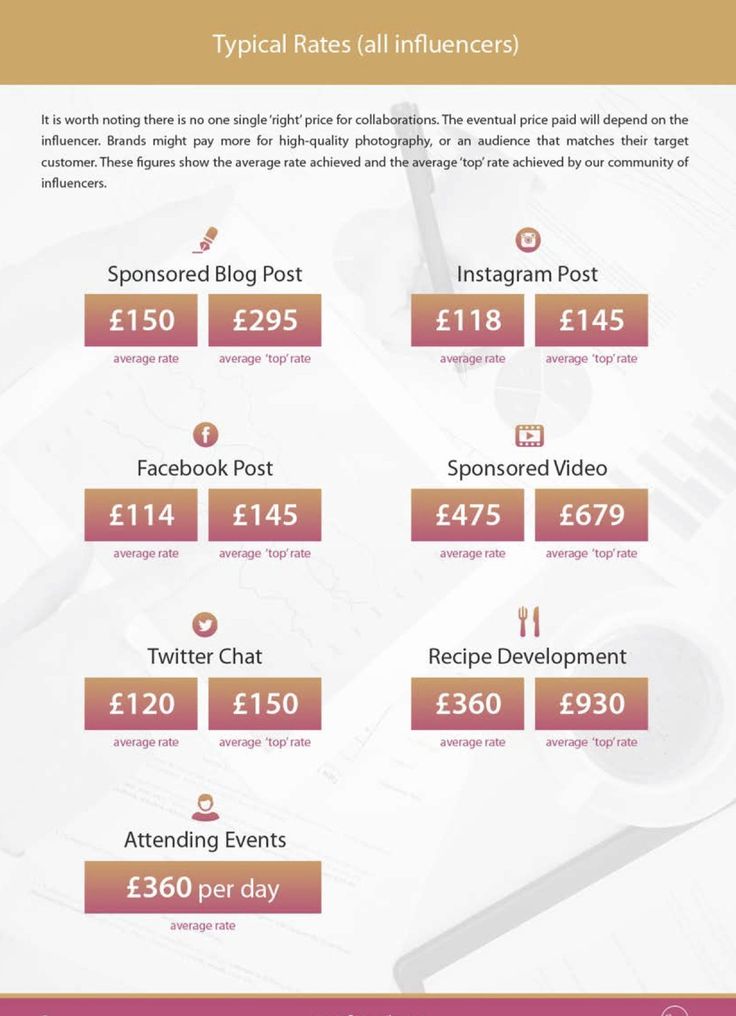 This division is observed not only in salaries, but also in blogging categories. Female influencers dominate in DIY (94%), relationships, family and parenting (93%), beauty (92%) and fashion (80%) areas. Men pay more attention to sports and fitness (65%), photography (51%) and travel (63%). nine0003
This division is observed not only in salaries, but also in blogging categories. Female influencers dominate in DIY (94%), relationships, family and parenting (93%), beauty (92%) and fashion (80%) areas. Men pay more attention to sports and fitness (65%), photography (51%) and travel (63%). nine0003
It is likely that differences in activity across categories determine the wage gap. One of the reasons can also be considered a pandemic, due to which the payment of influencers working in the beauty industry in 2020 (compared to 2019) decreased by 18%, and in fashion by 15%.
Where do the richest bloggers live? Being an influencer in the UK is the most rewarding, as they earn, on average, $500 for an Insta-collaboration. In second place are opinion leaders from Germany, whose services are estimated at $377. Next on the list are Australia ($341), Italy ($263) and Spain ($204), and France completes it ($173). nine0003
It's worth noting that Klear's statistics on influencer salaries, demographics and geography are based on a sample of 4,850 Instagram influencers for 8 months of 2020, starting in January.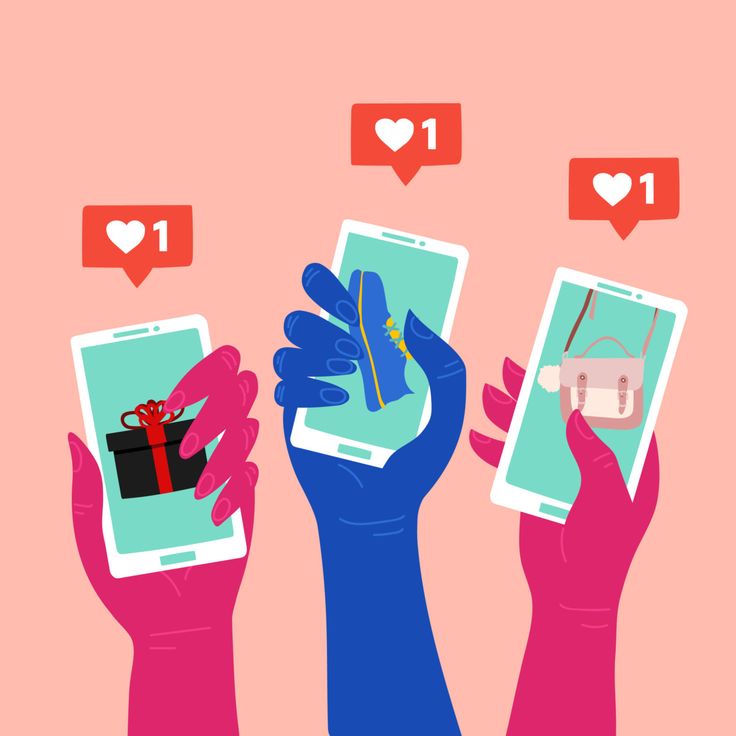 If you are looking for influencers to collaborate on Instagram, be prepared for the fact that the prices for the services of most of them will be far from statistical. Course conversion, specialization, audience coverage, engagement, content format also play a role here. If you dream of becoming famous and in demand on the influence market, review the cost of your advertising services in terms of the factors described above, without overestimating your abilities and opportunities as a blogger, and “play” by fair rules. nine0029
If you are looking for influencers to collaborate on Instagram, be prepared for the fact that the prices for the services of most of them will be far from statistical. Course conversion, specialization, audience coverage, engagement, content format also play a role here. If you dream of becoming famous and in demand on the influence market, review the cost of your advertising services in terms of the factors described above, without overestimating your abilities and opportunities as a blogger, and “play” by fair rules. nine0029
How much do influencers earn from Instagram, TikTok and YouTube?
How much do influencers earn from Instagram, TikTok and YouTube? Companies were not
added to compare another
Back to content
Along with social media apps and websites, influencers have grown. These people have amassed a significant following on the platforms. They use their opportunities to earn a living. They either advertise other people's products or sell their own. nine0003
nine0003
The culture of powerful people has become such a trend that stories about them can be heard everywhere. It tickles people's minds. Why is it such a goal for some to be an influencer? How much do they earn from this?
The answer to this depends on the circumstances. It depends on the type of content they post, how famous they are, in what way, and on what platform. For example, HopperHQ named soccer superstar Christiano Ronaldo the richest Instagram user of 2021. He has nearly 300 million followers and earns $1.6 million per sponsored post. Then. Jojo Siwa, the 104th-ranked teen star earns $44,400 per Instagram post. These are undoubtedly huge numbers. However, since they are celebrities known almost all over the world, this is to be expected. nine0003
The real question is, how much do ordinary people who become influencers make on these platforms?
How Influencers Make Money
Before looking at how much they make, let's first look at how they make it.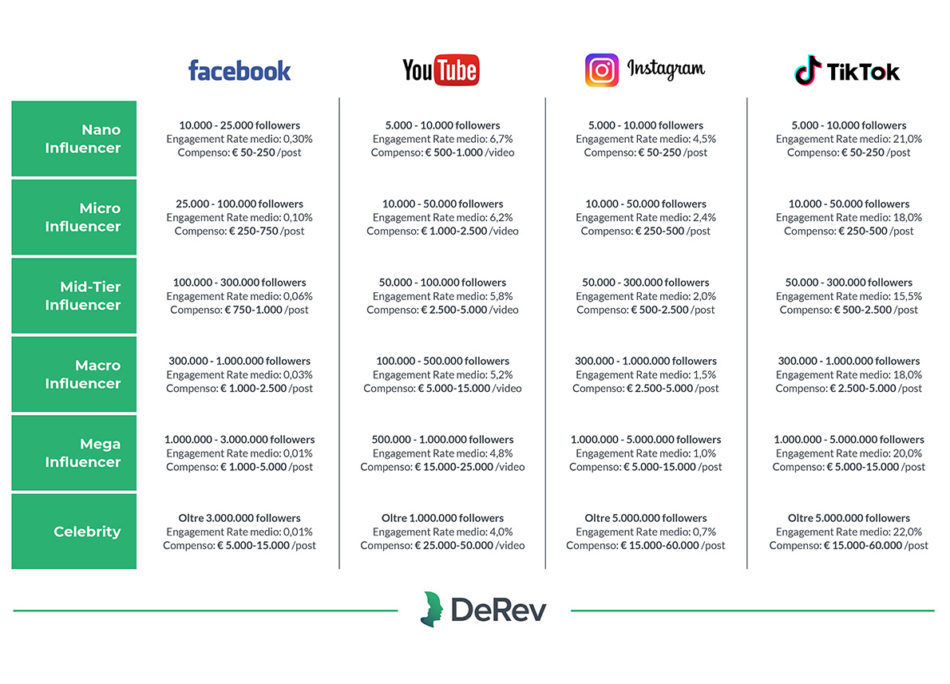 As mentioned above, influencers rely on many ways to make money. Here are some of the more well-known methods:
As mentioned above, influencers rely on many ways to make money. Here are some of the more well-known methods:
Sponsored content
It's quite simple. Influencers advertise a company or product through messages or video content, much like television commercials. Rates depend on influencer involvement, platform, and other factors such as usage rights. nine0003
affiliate links
Some influencers create affiliate links or discount codes provided by brands to earn a percentage of sales.
Selling original products
Influencers already have a voice on the platform. Here they are using this to create consumer products to sell directly to their followers. Because they made products, they made most of the money from sales.
Clothing resale
Social media platforms, especially Instagram, are the ideal place to sell clothing.
Song promotion
Record companies pay TikTokers to use their music in an attempt to make it viral.
Instagram Live
Instagram has introduced new features to help its influencers. Influencers can now receive badge tips from viewers of their live streams. nine0003
YouTube Partner Program
This is the main reason people create a YouTube channel. Once the requirements are met, they can monetize their content. Google places ads on their videos and they will get 55% of the revenue generated from them on their channels.
TikTok Creator Foundation
TikTok creators over 18 can earn money directly from TikTok. They only need 10,000 subscribers and at least 100,000 video views in the last 100,000 days to be eligible. nine0003
Categories of influencers - the reason they all buy followers
The factor that determines how much an influencer earns is their reach. The amount of money that influencers earn is directly proportional to the number of their followers. The more followers they have, the more money they make.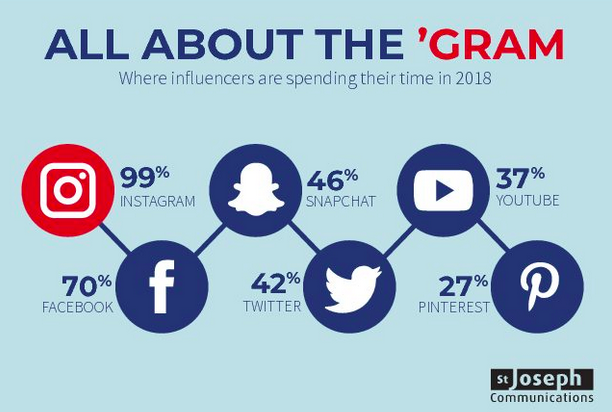
- Nano-influencers: has 1,000 - 10,000 followers
- Micro-influencers: has 10,000 - 50,000 followers $10 to $100 per Instagram post. Meanwhile, lifestyle and fashion influencer Ashley Jones can earn between $100 and $500 per Instagram post. On the other hand, mid-level influencer Jehava Brown can earn up to $5,000 per post. She also told Business Insider that she charges an average of $3,000 per Instagram story.
Macro to Mega influencers can earn from $5,000 to over $100,000 per post. Once again, celebrity influencers have been known to earn up to a million per post on Instagram. nine0003
You will see later that posting on YouTube can make more money than posting on Instagram. However, creating a YouTube video takes a very long time. In the same amount of time, influencers can make a lot of Instagram posts. That's why Instagram considers cake the best platform for influencers.
How Much Money YouTube Influencers Get
YouTube is the second best platform for social media influencers.
 Unlike Instagram, influencers don't have to rely on sponsorship to make money. They can monetize their content by applying to the YouTube Partner Program. However, partnerships with brands are welcome because they bring them more money. nine0003
Unlike Instagram, influencers don't have to rely on sponsorship to make money. They can monetize their content by applying to the YouTube Partner Program. However, partnerships with brands are welcome because they bring them more money. nine0003 Due to the way the monetization system works, there are no influencers who get the same rate all the time. It depends a lot on how many times their videos are viewed, which is out of their control. But they can decide how much they will charge sponsors for greetings or support.
Nano-influencers like Jen Lauren, who has 1,900 subscribers, can charge $20 to $200 per video. On the other hand, mega-influencers like Tiffany Ma might consider $20,000 as the lowest acceptable payment per video. nine0003
Some YouTube influencers charge different rates to brands. They wait for views to come in and charge $50 to $100 for 1,000 views.
How about TikTok?
TikTok has just started monetization. It's also pretty new to the game of influencers.




